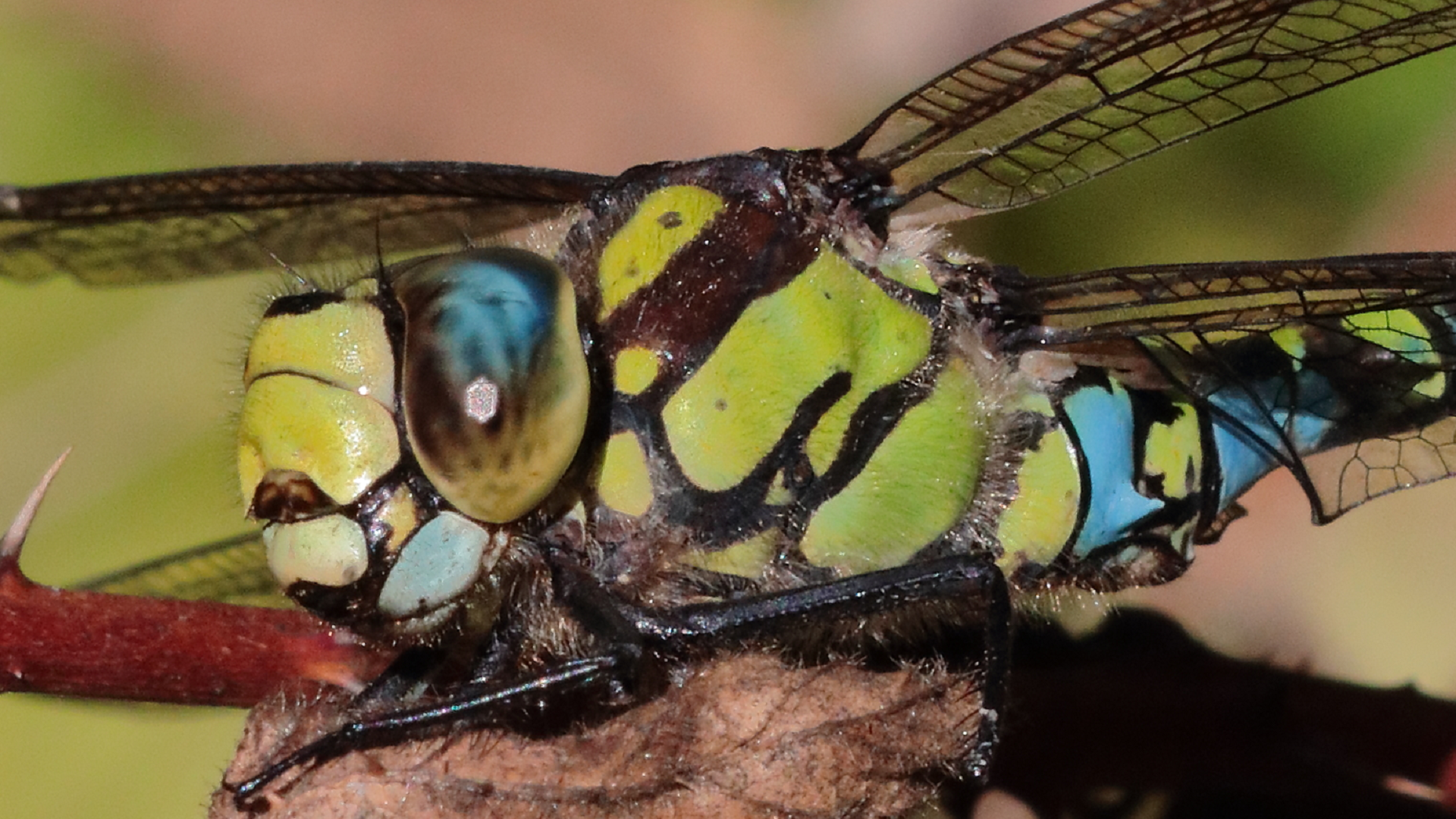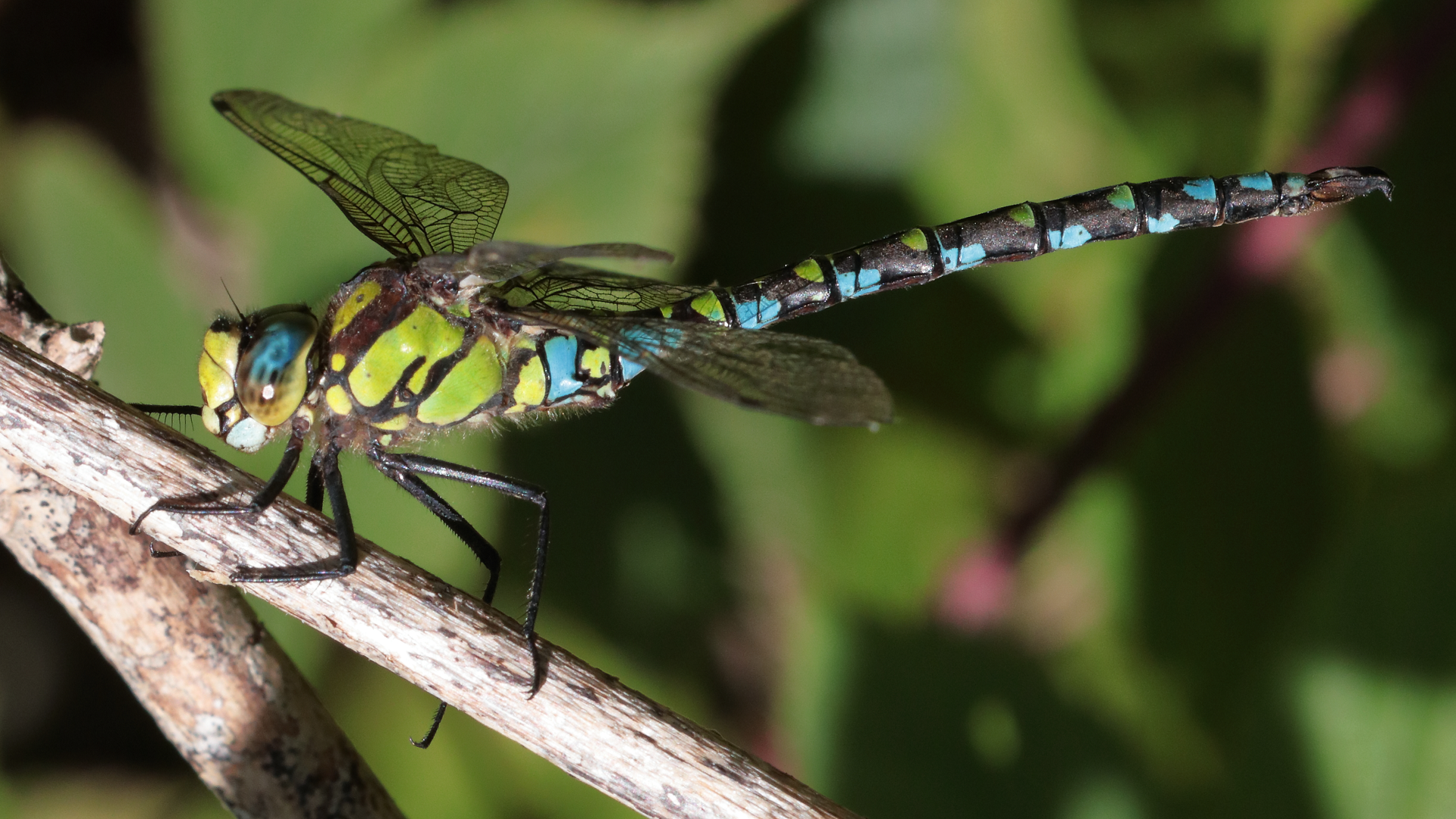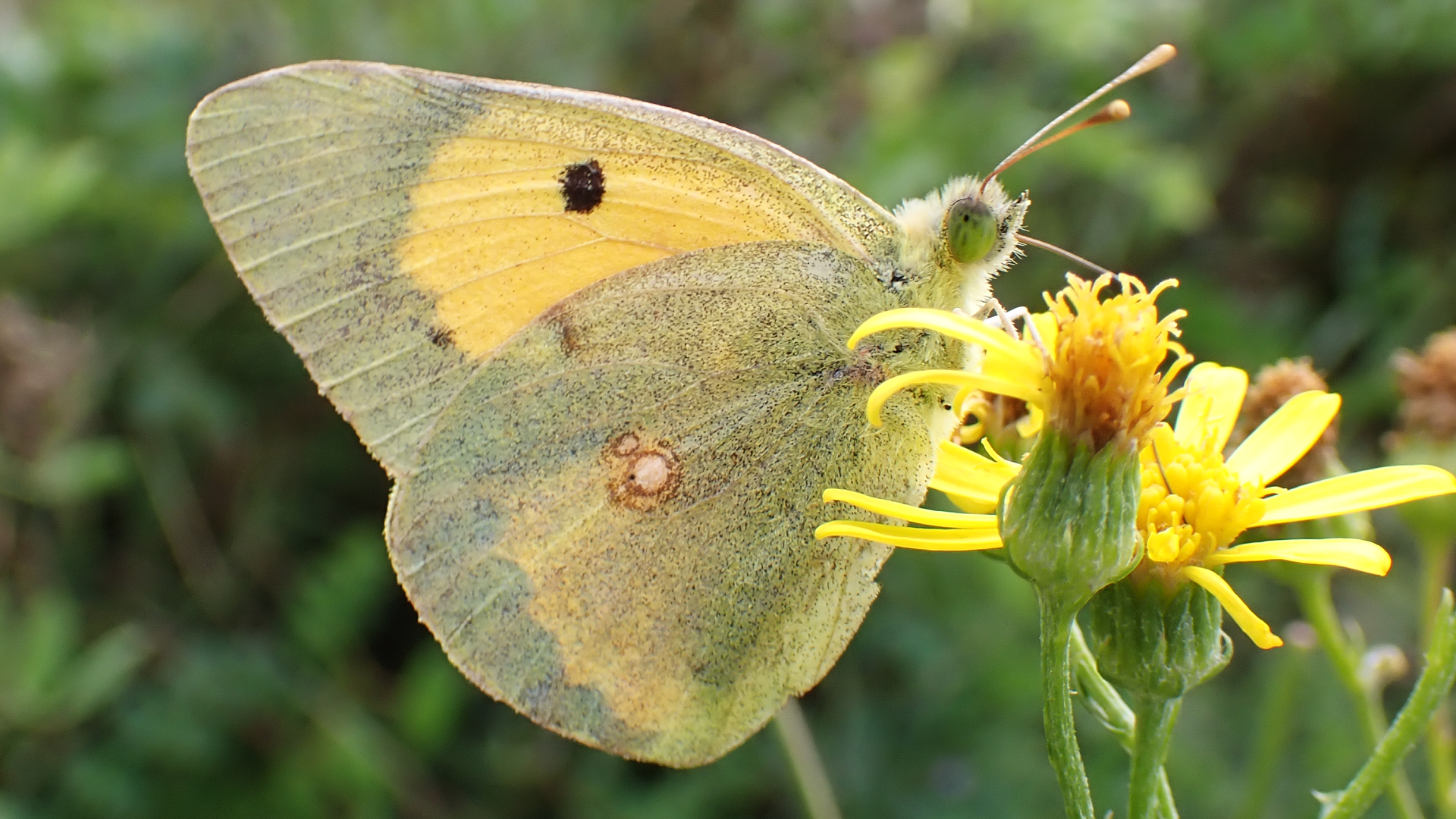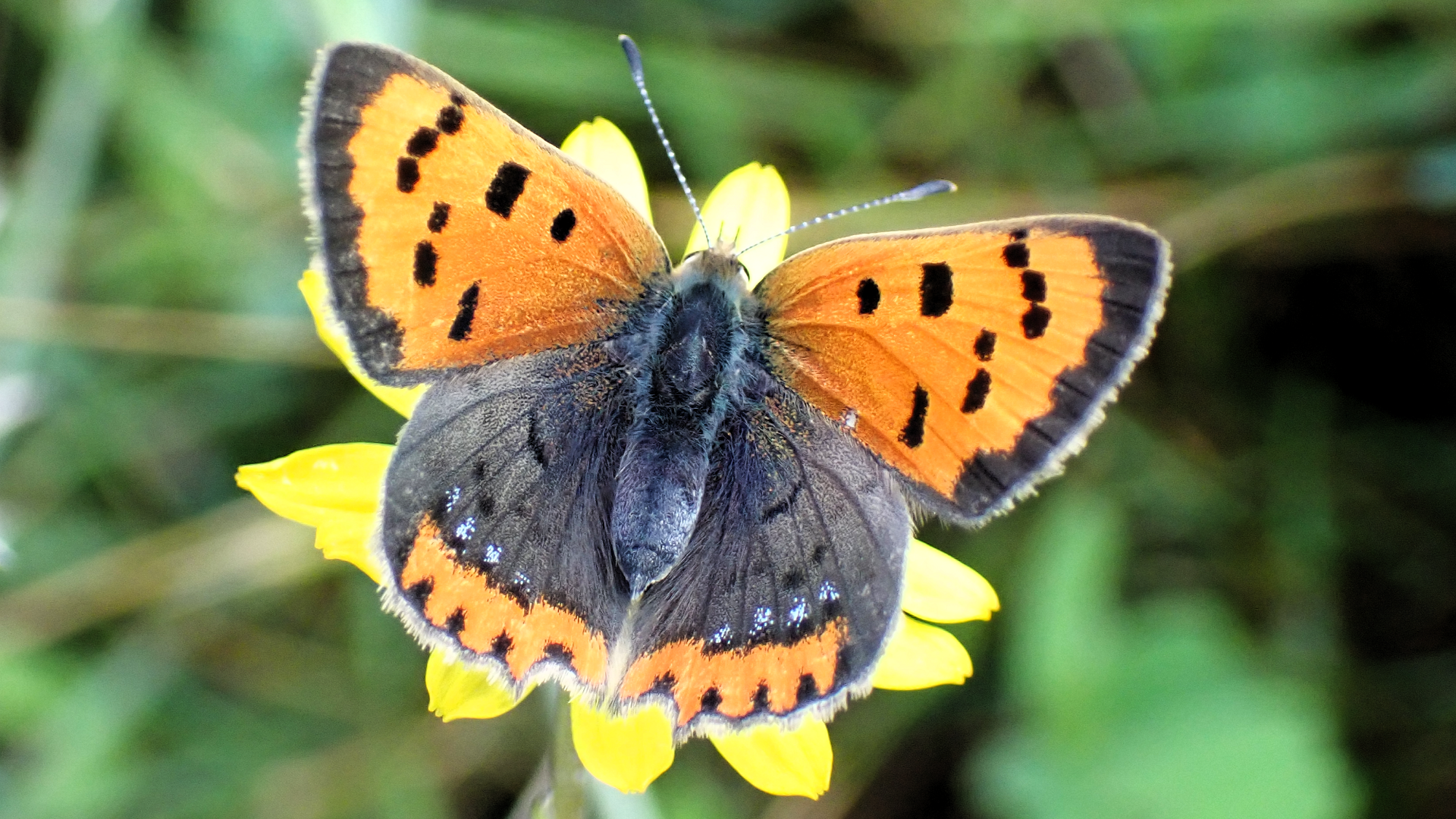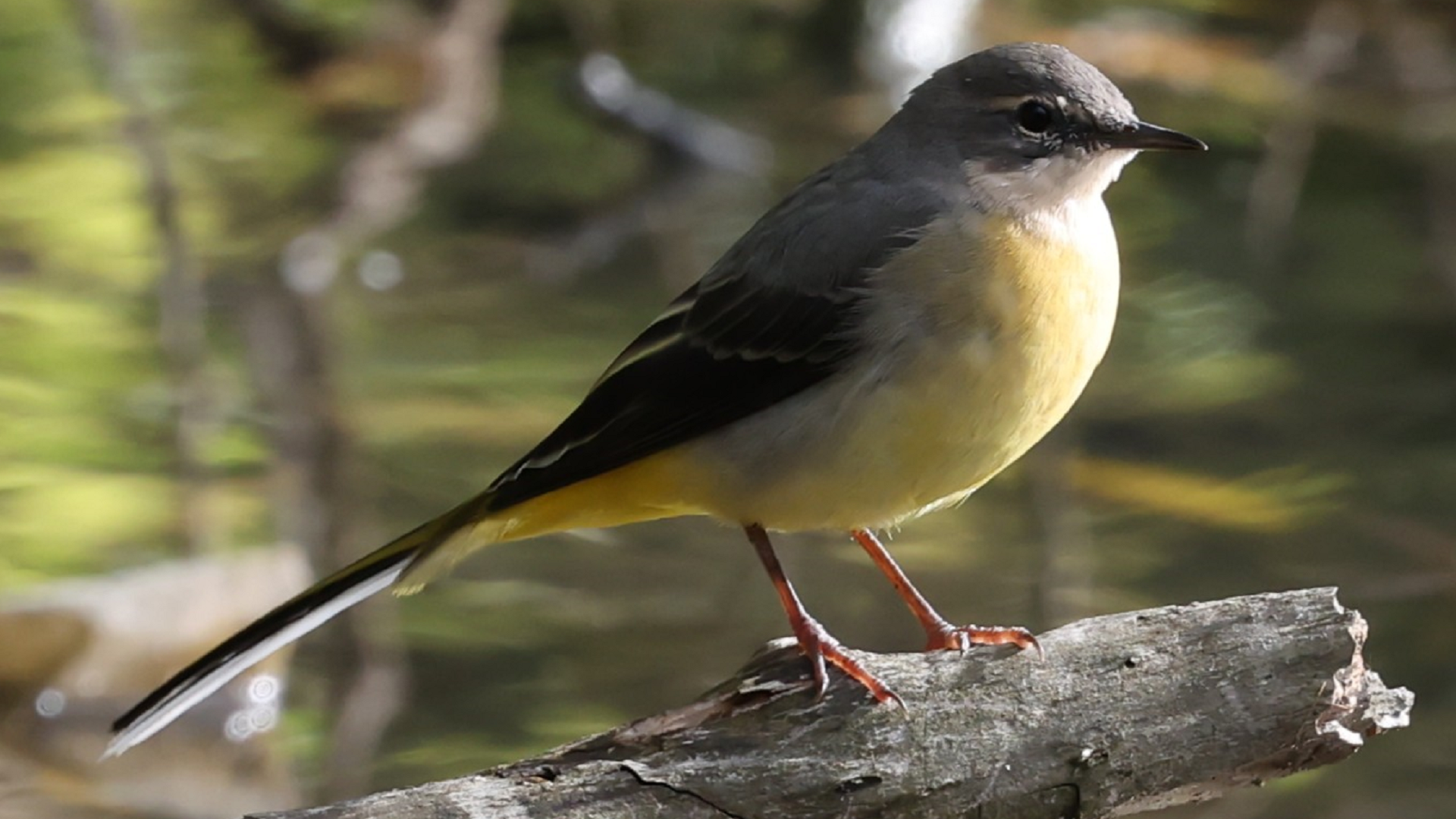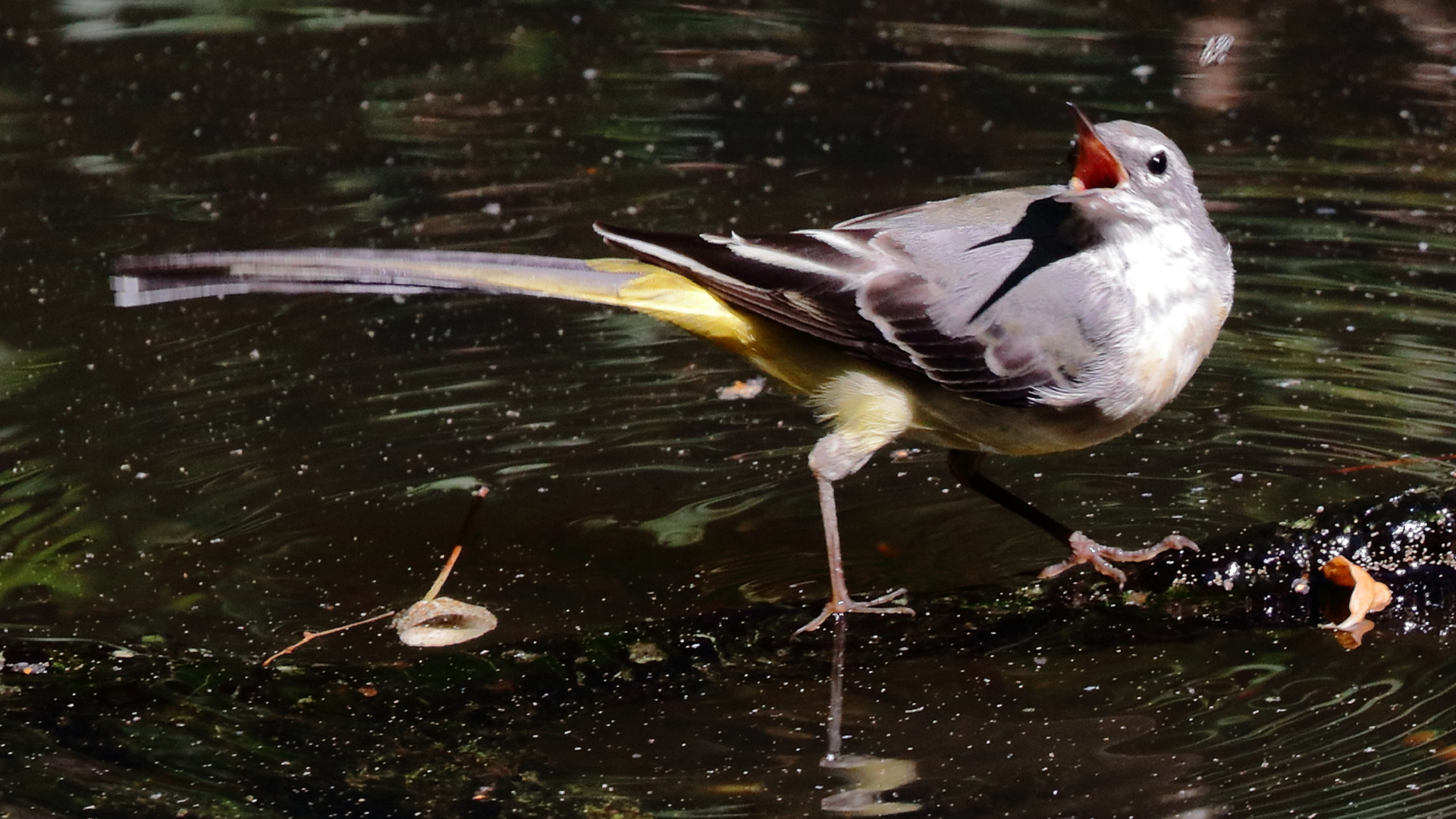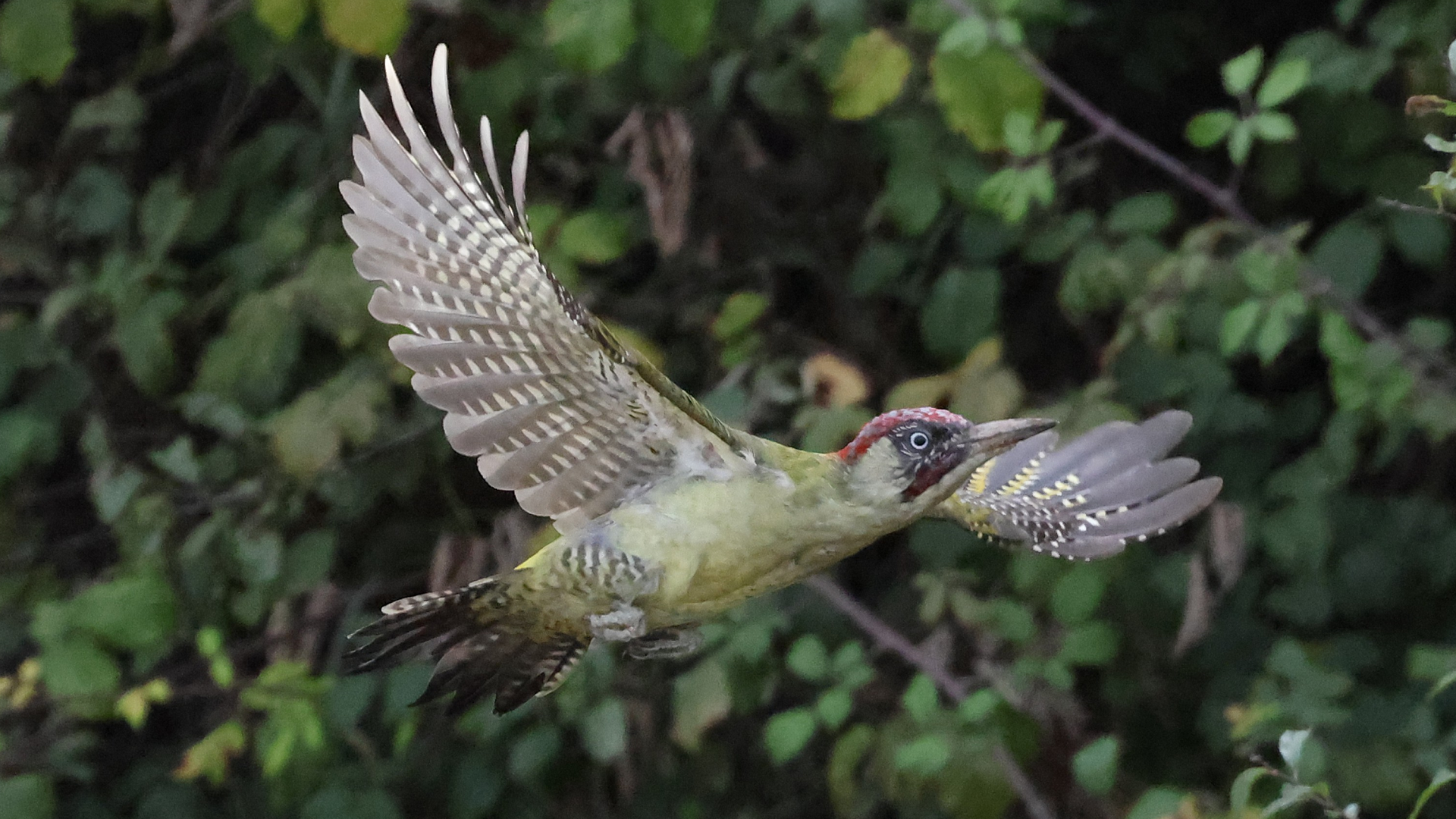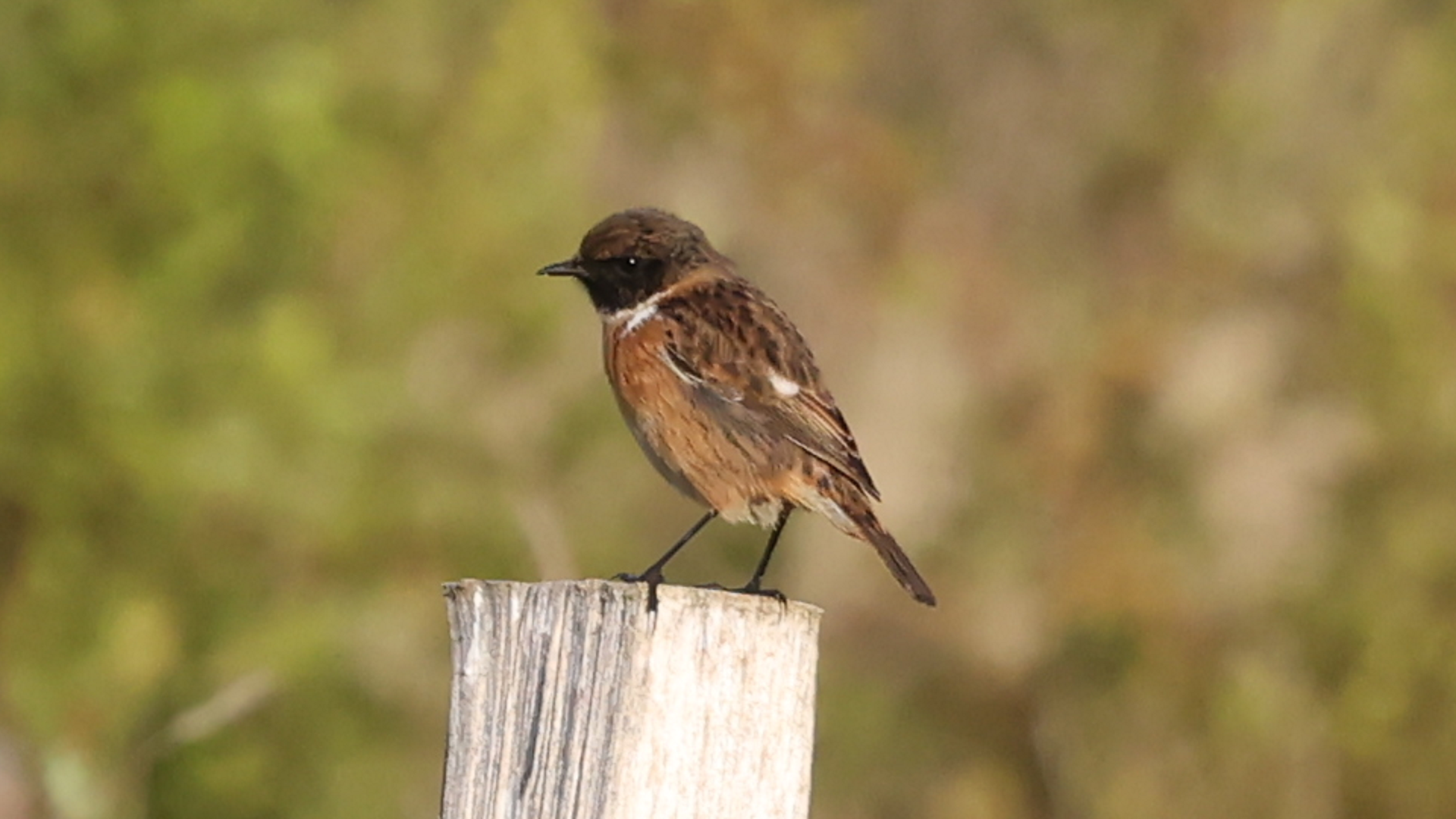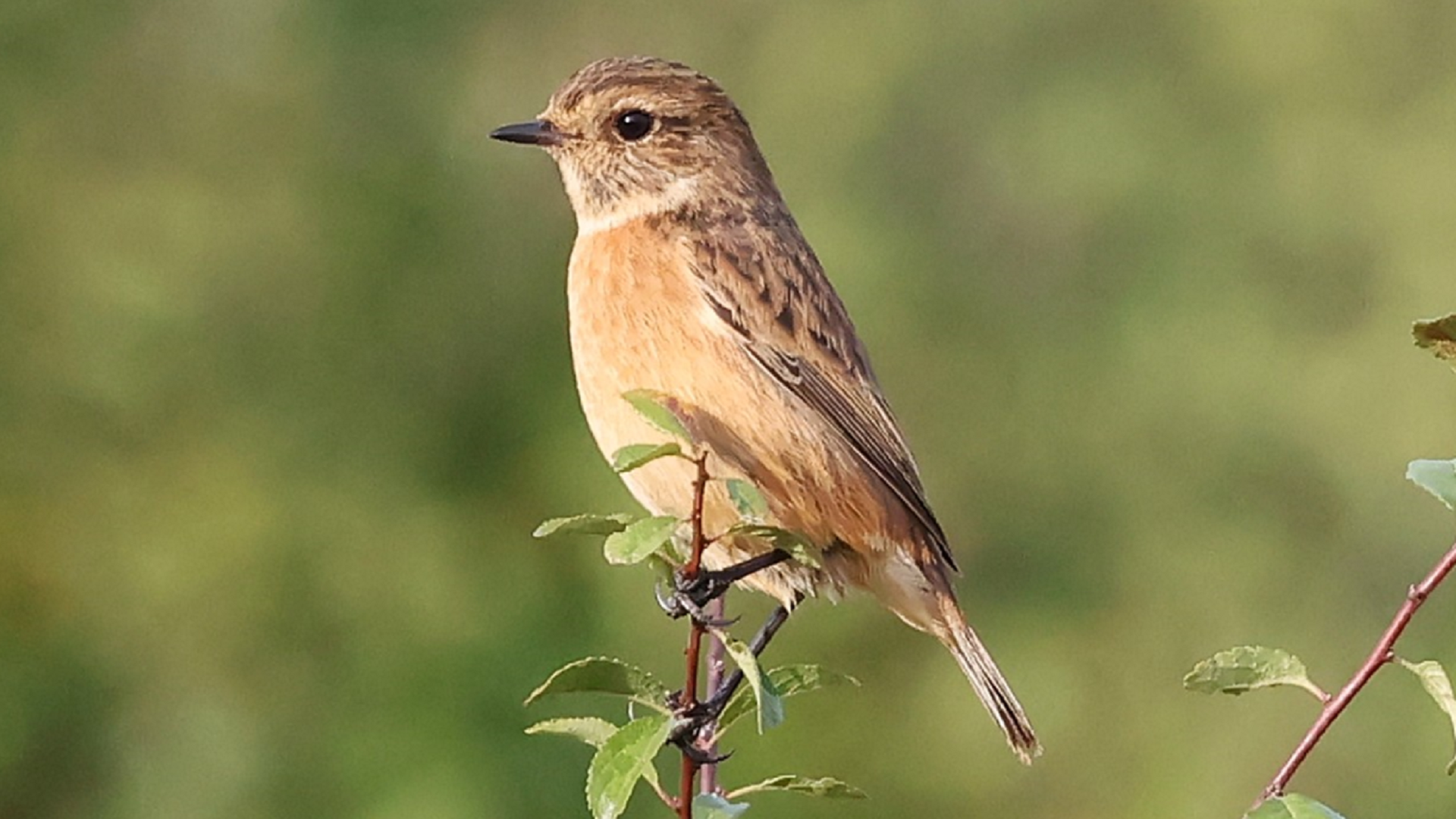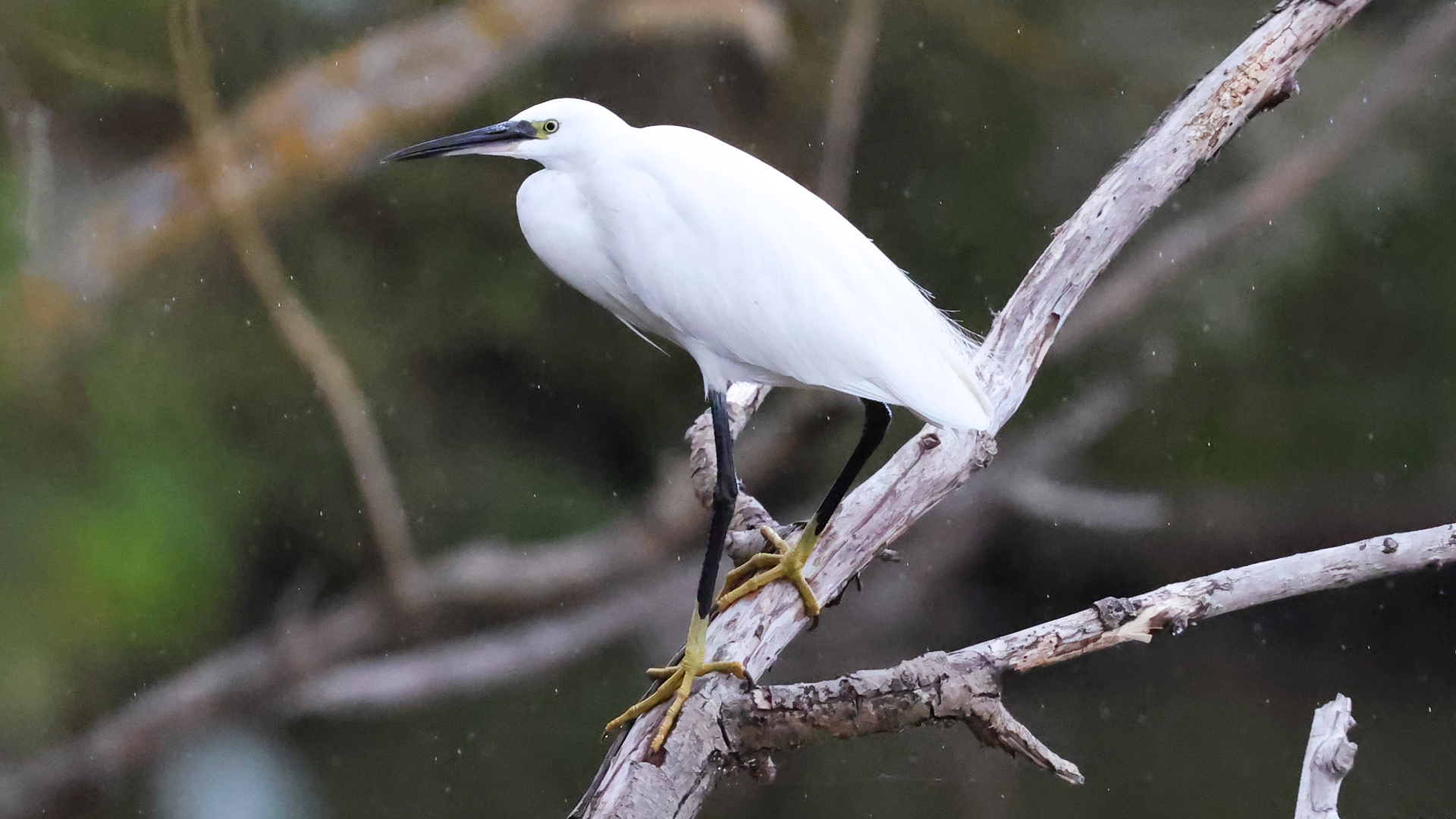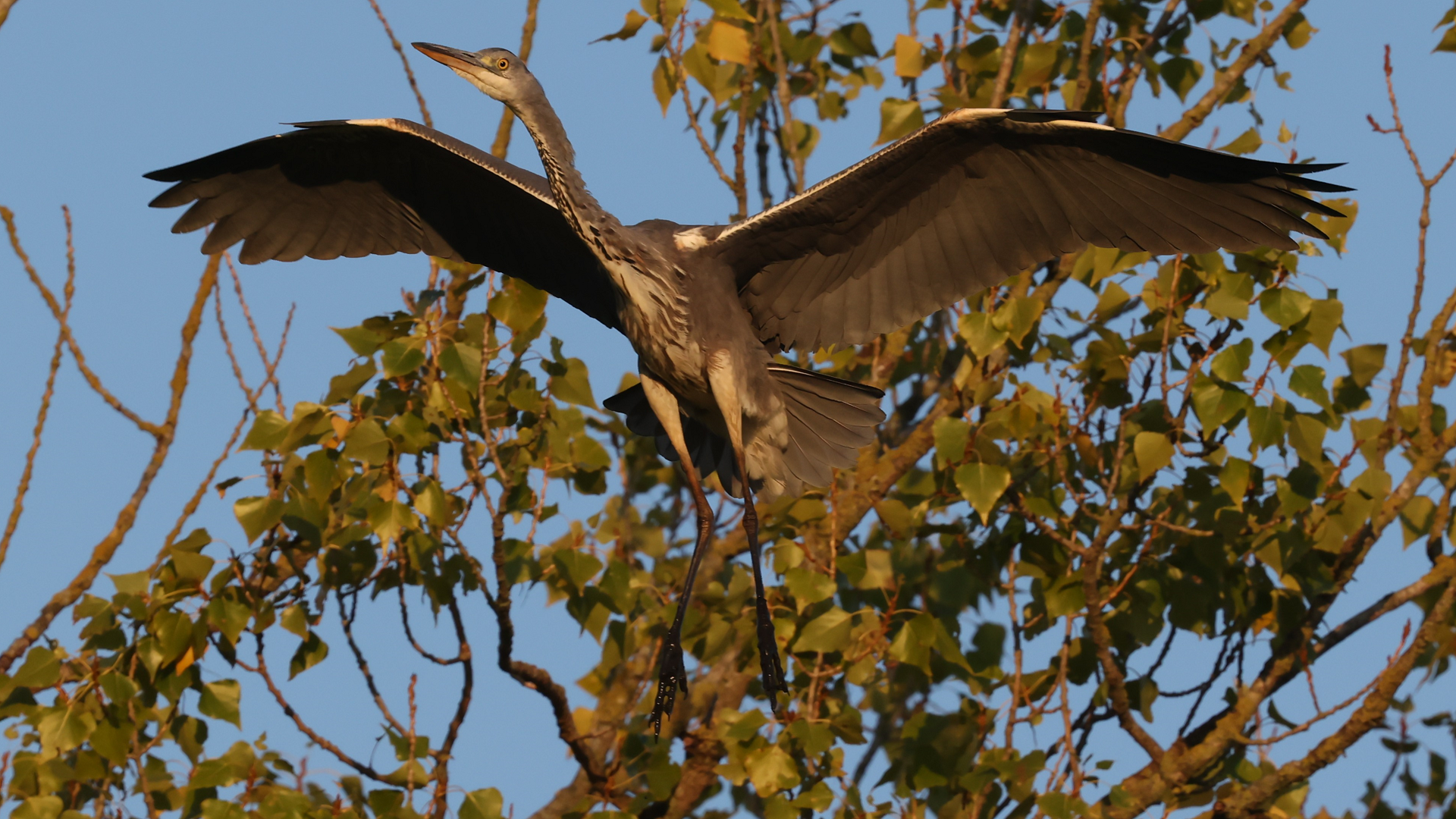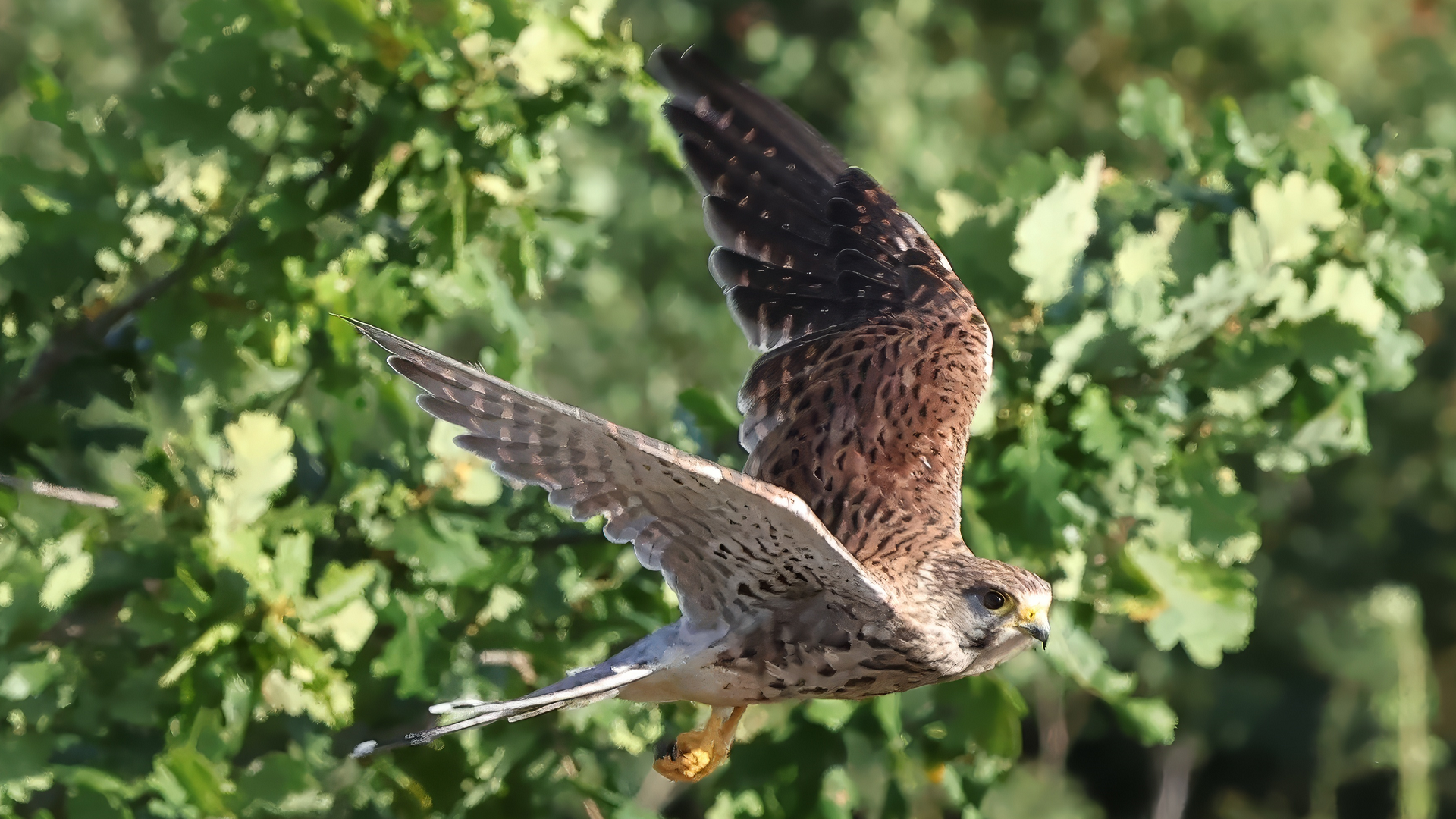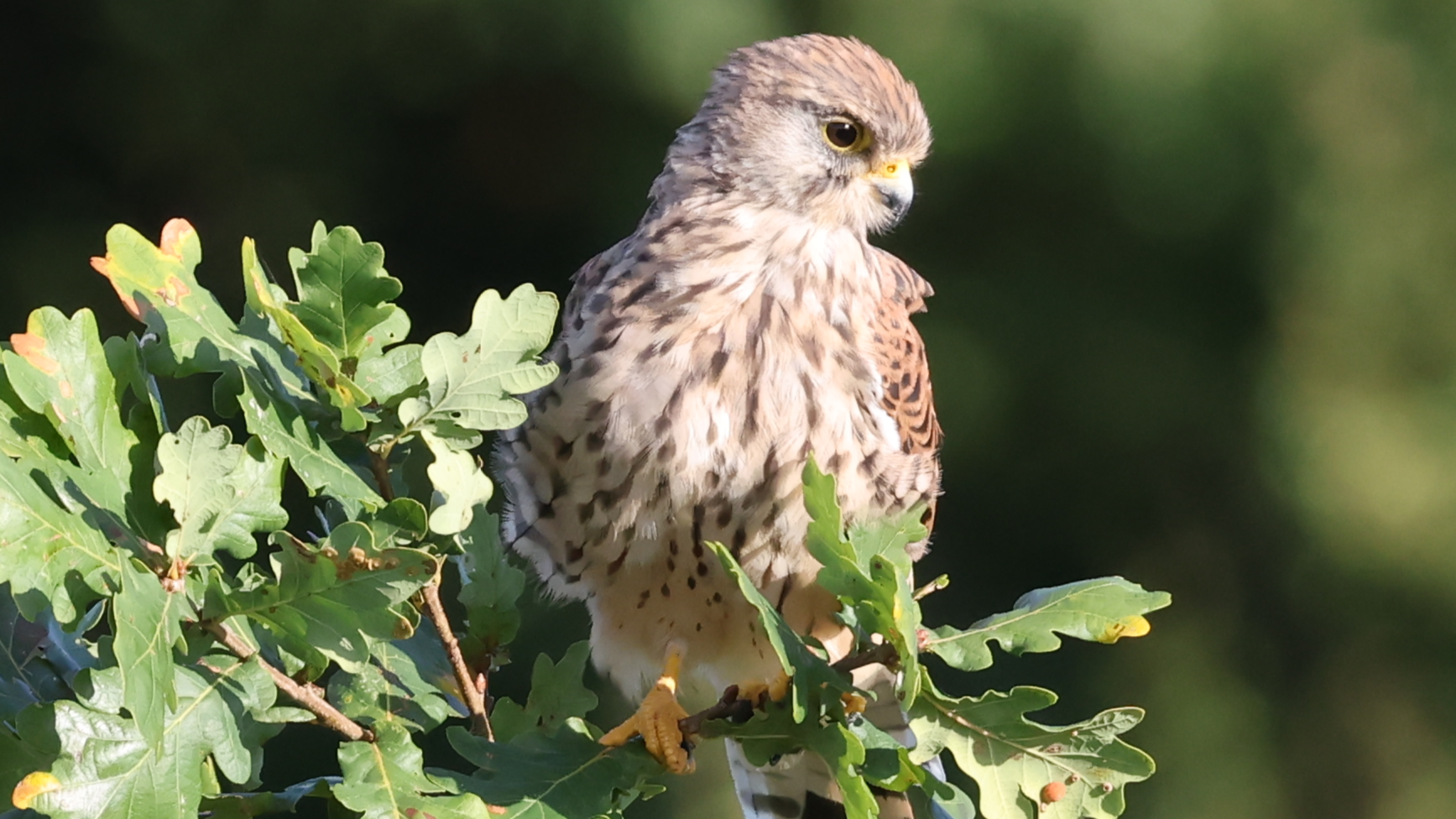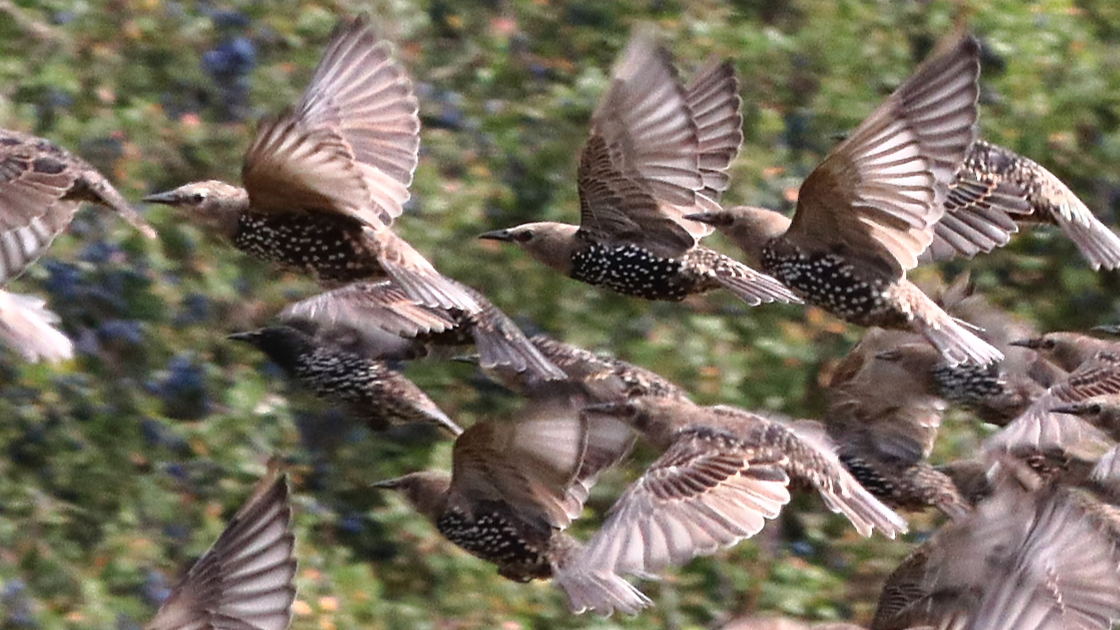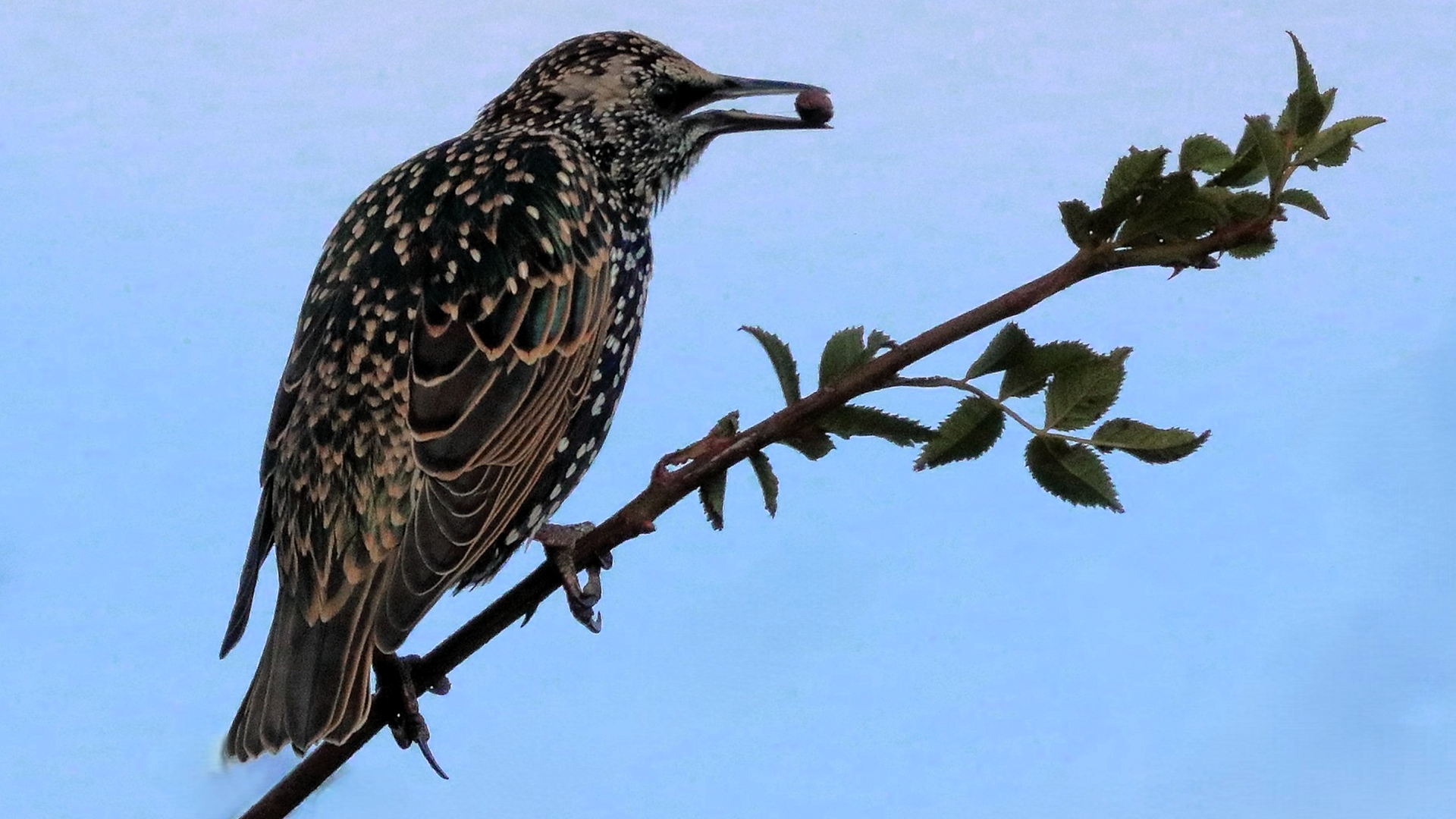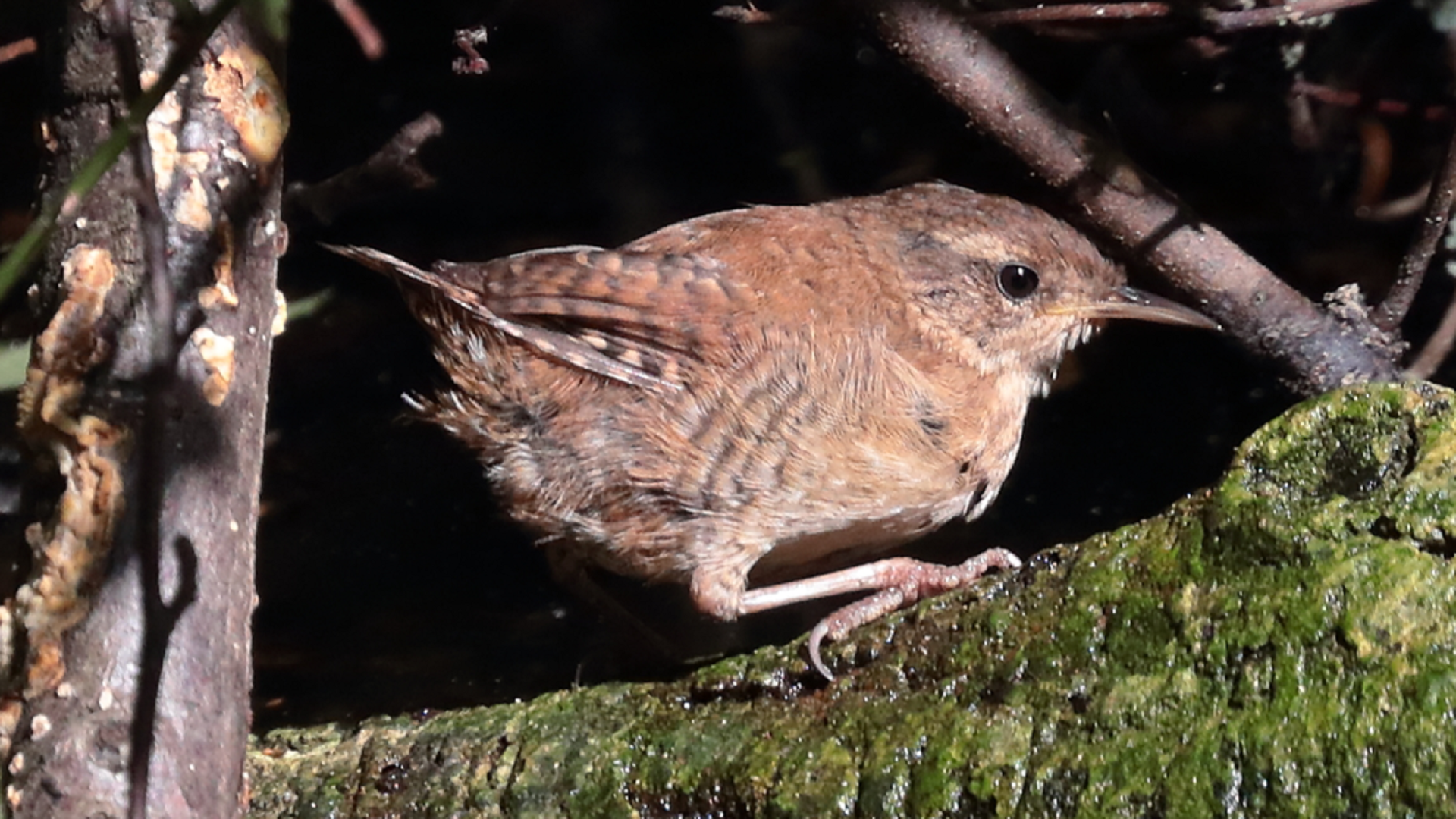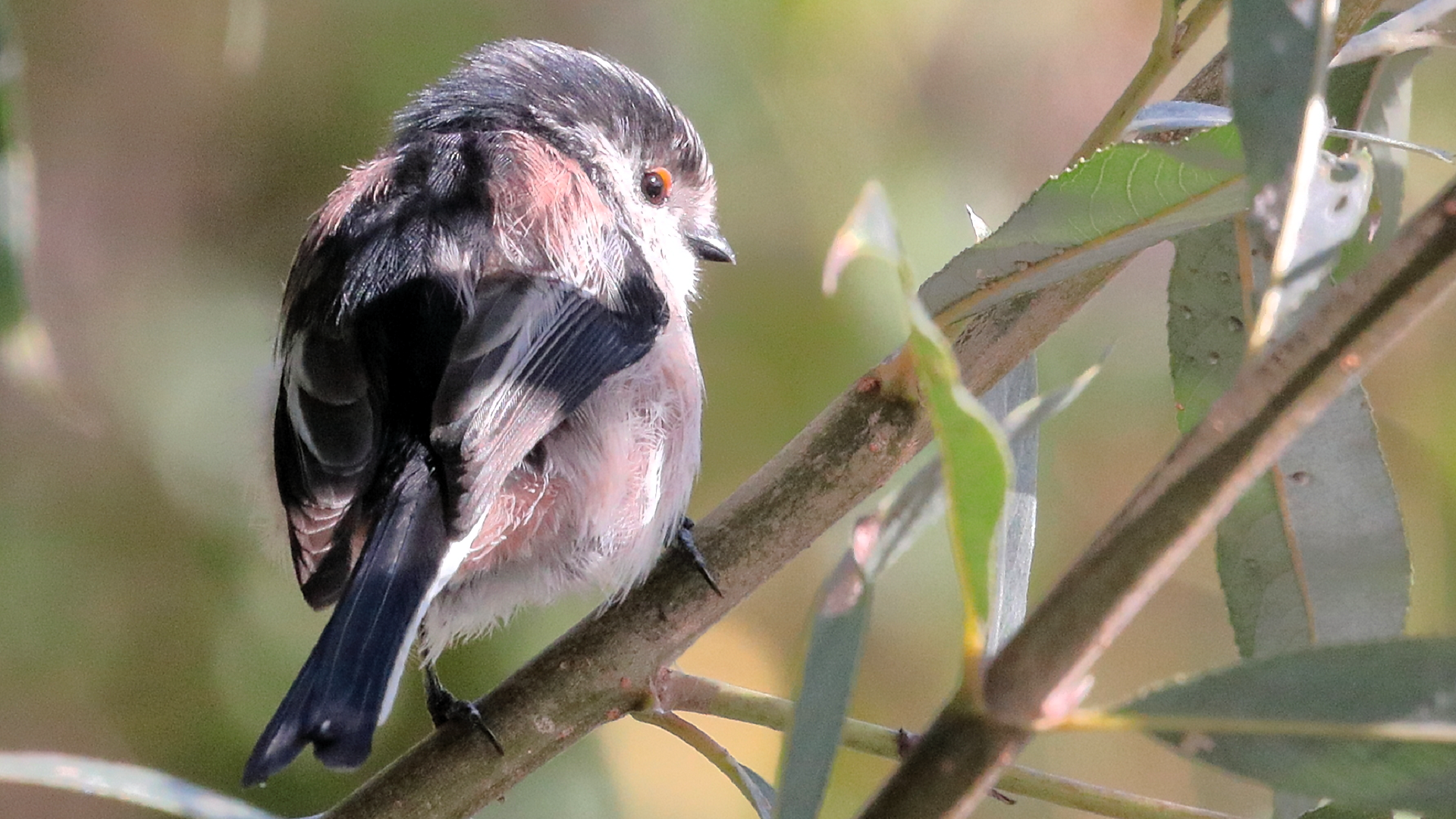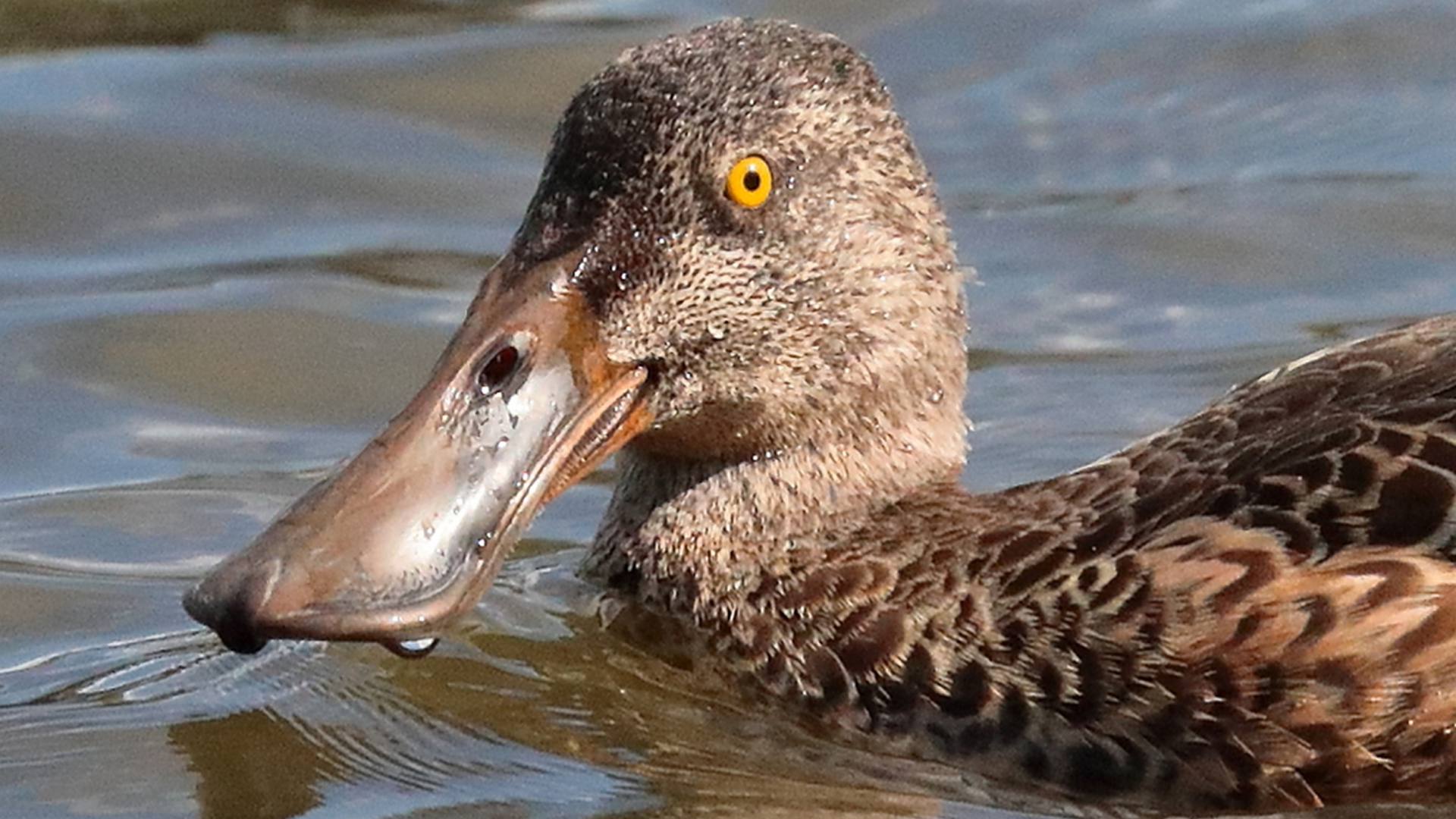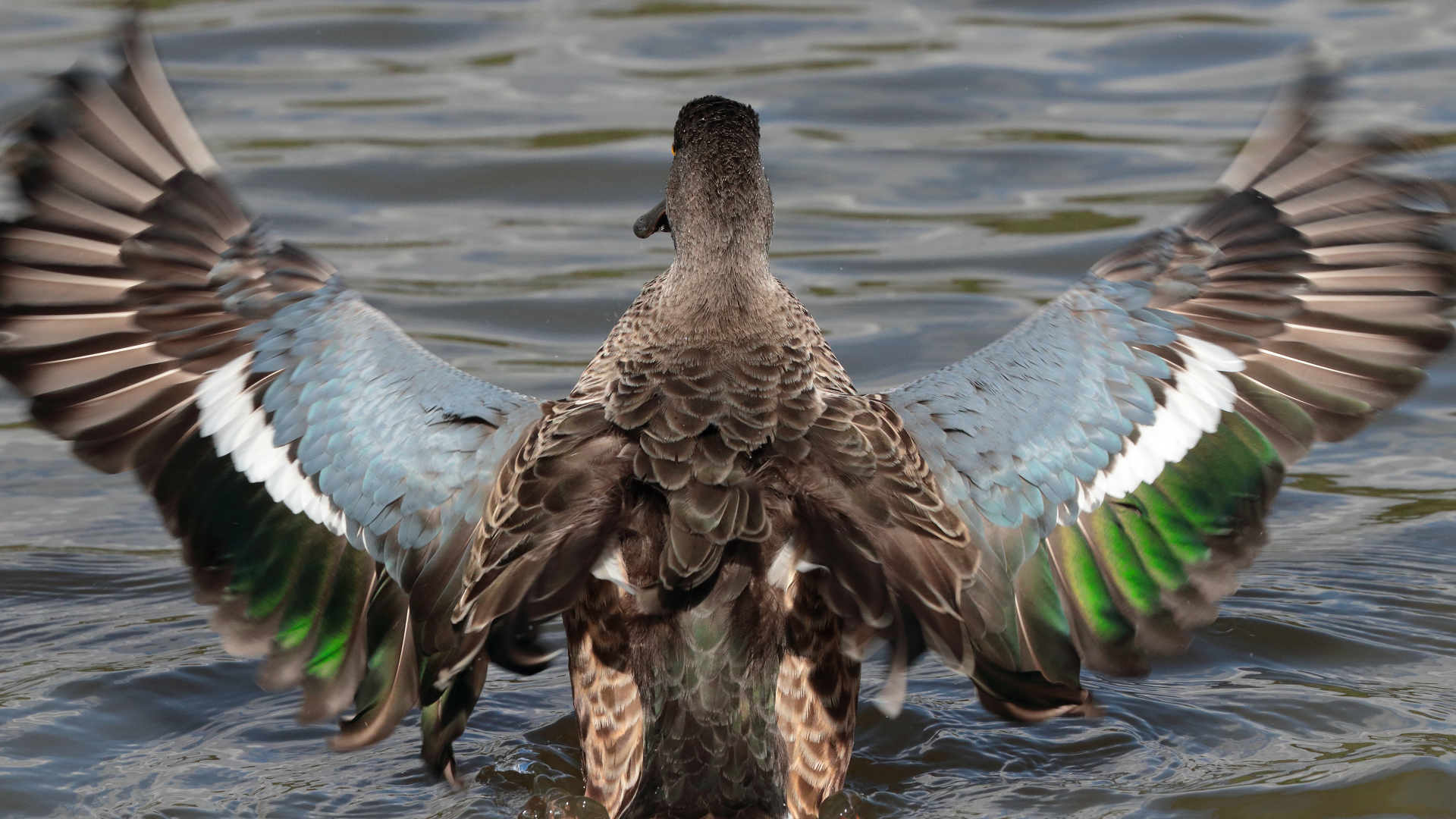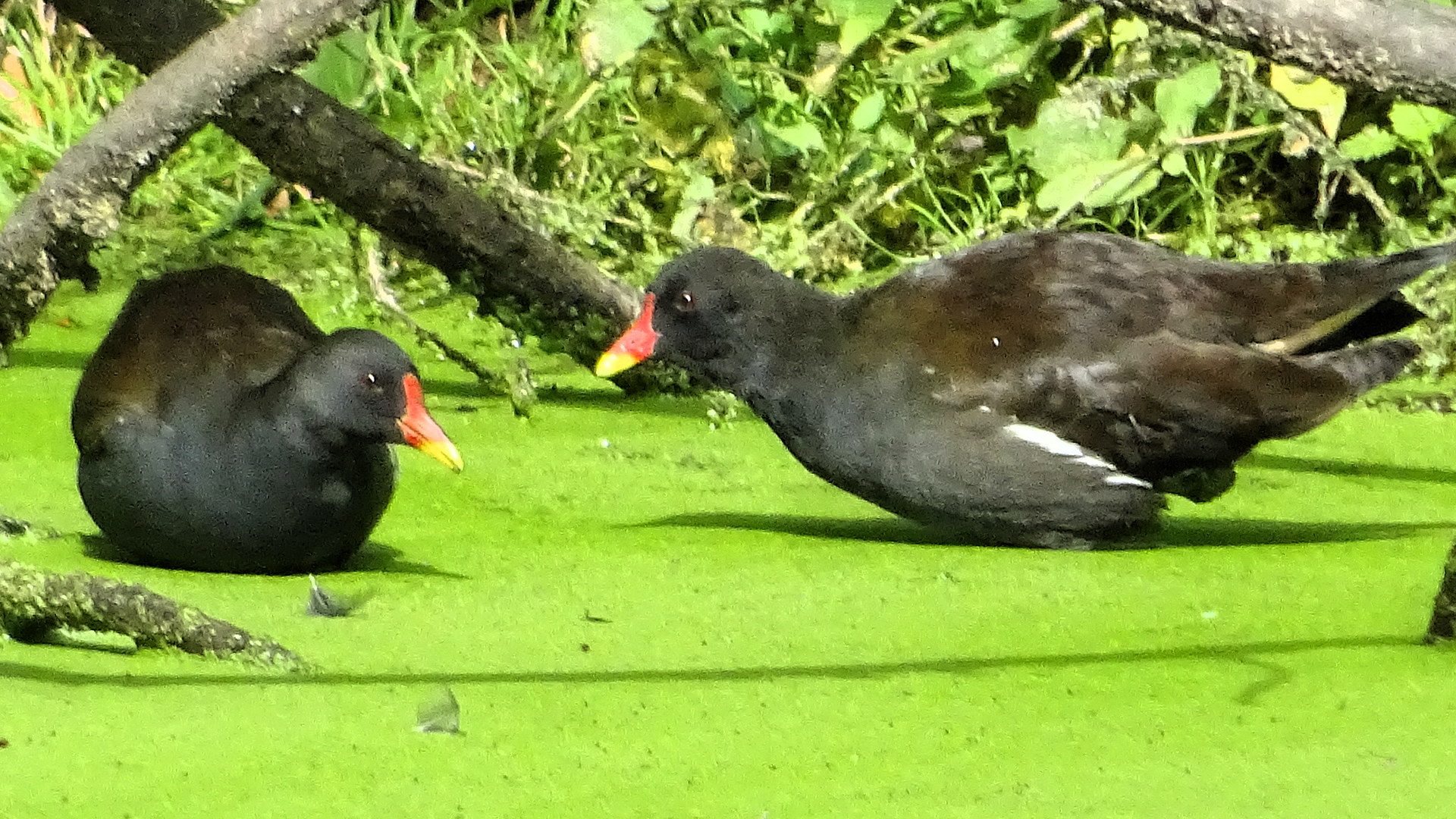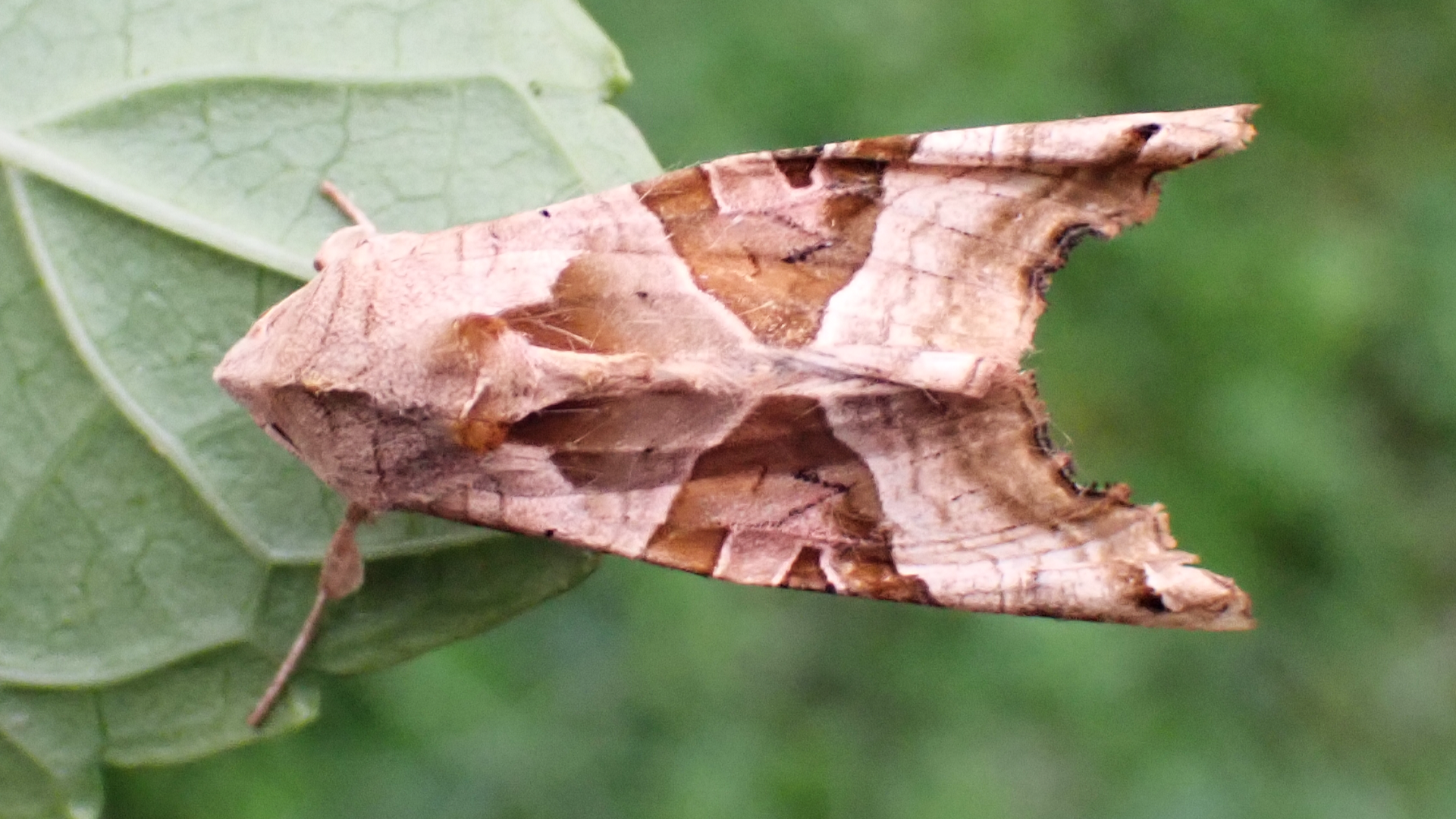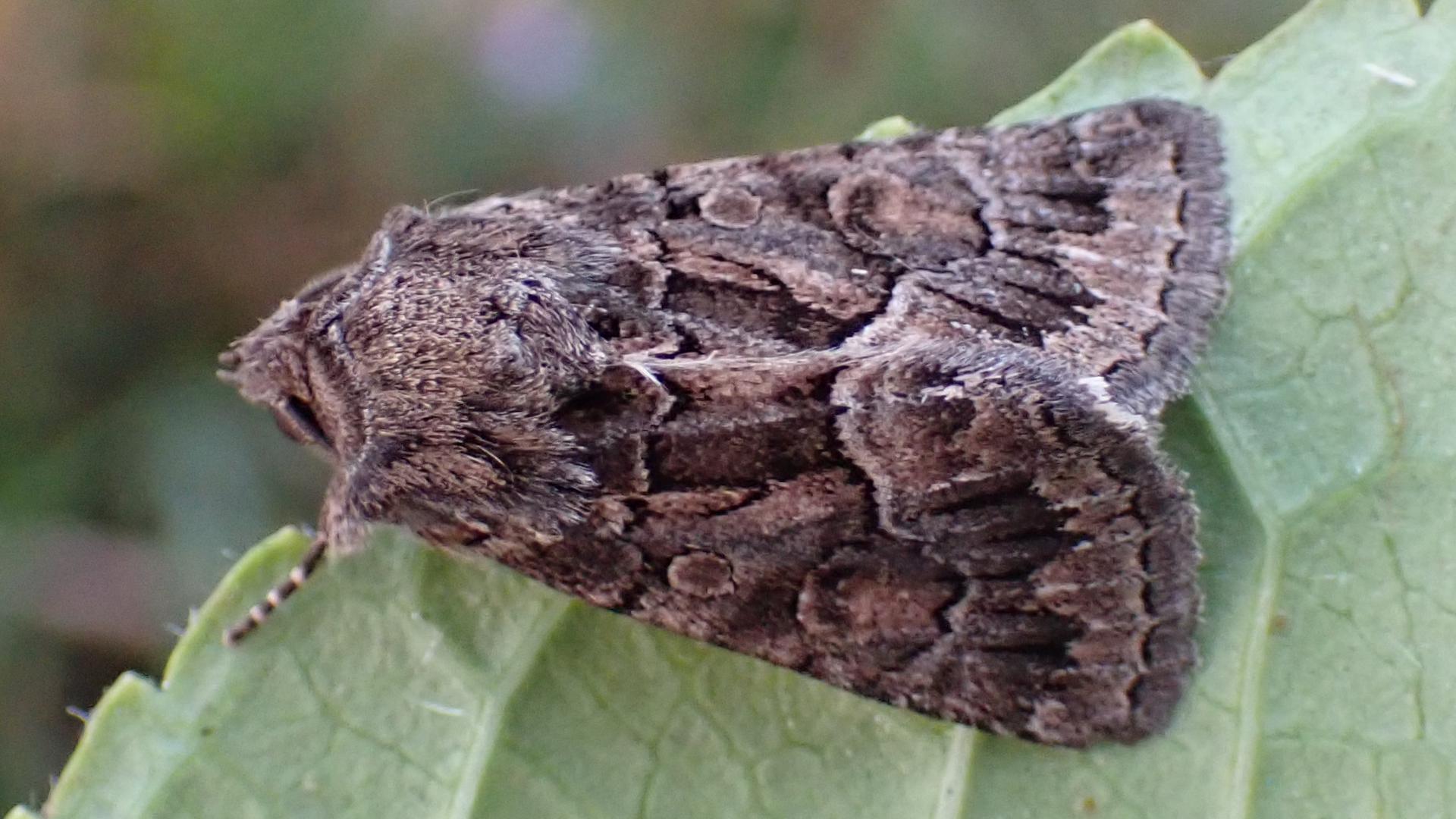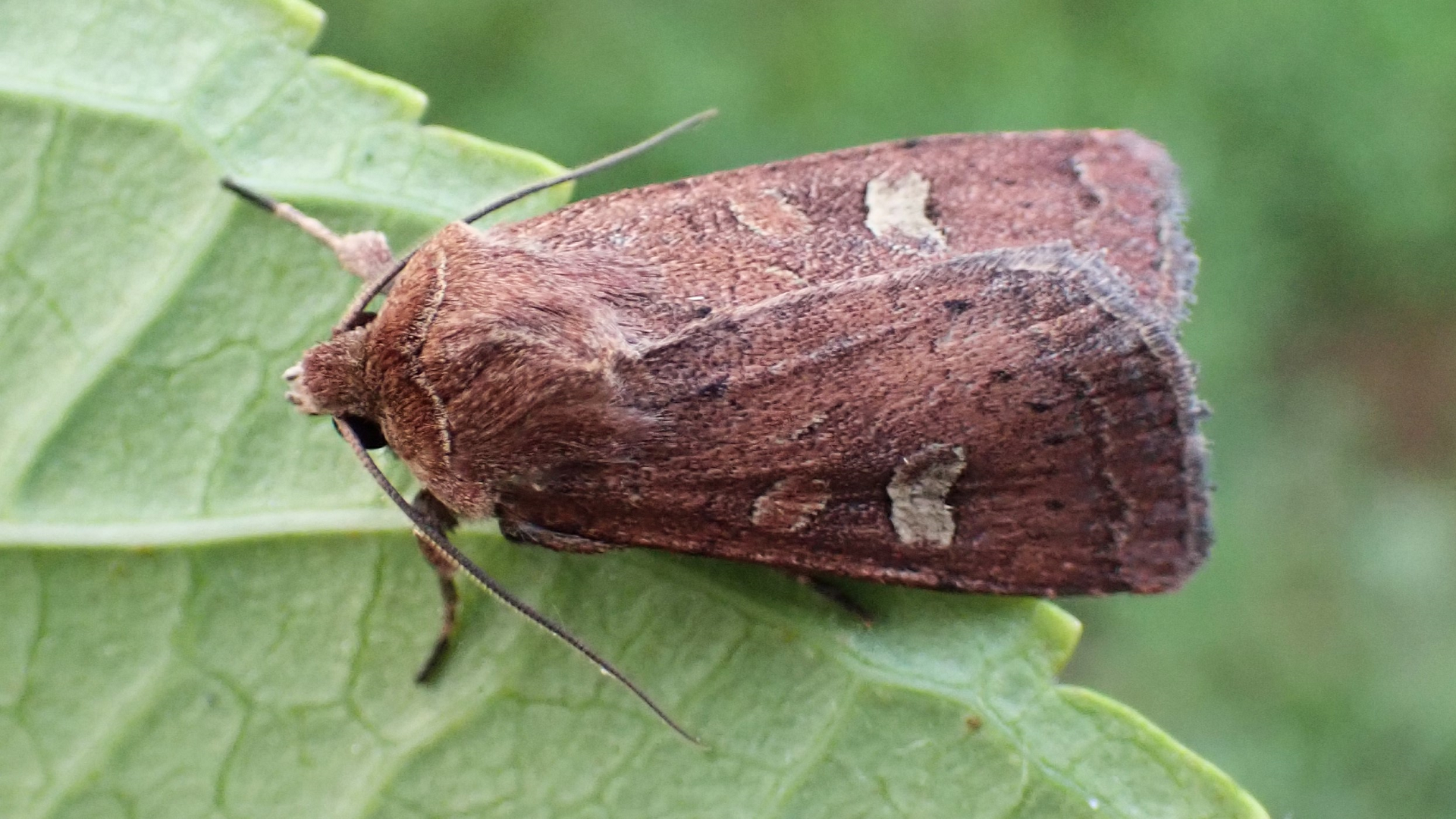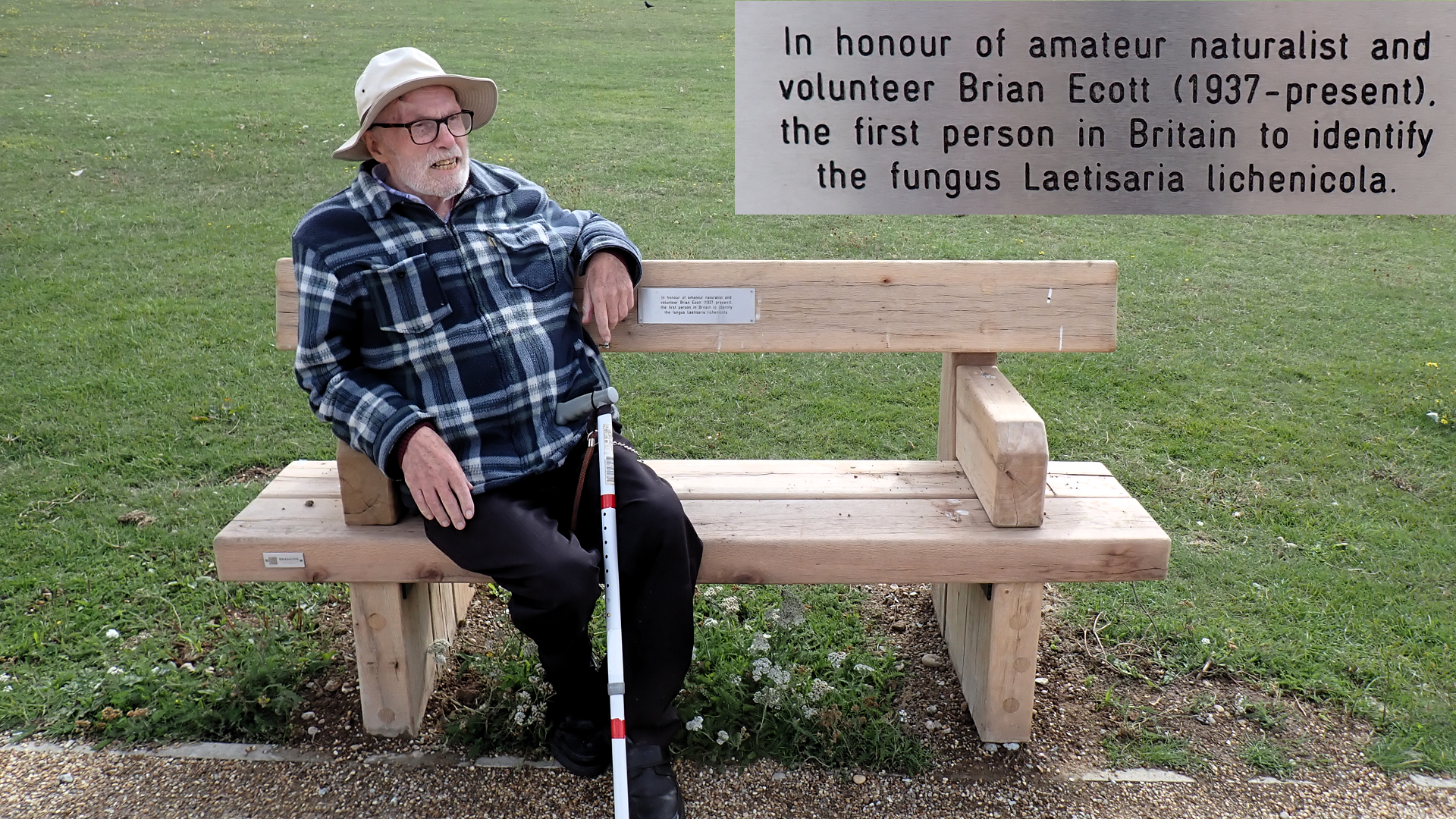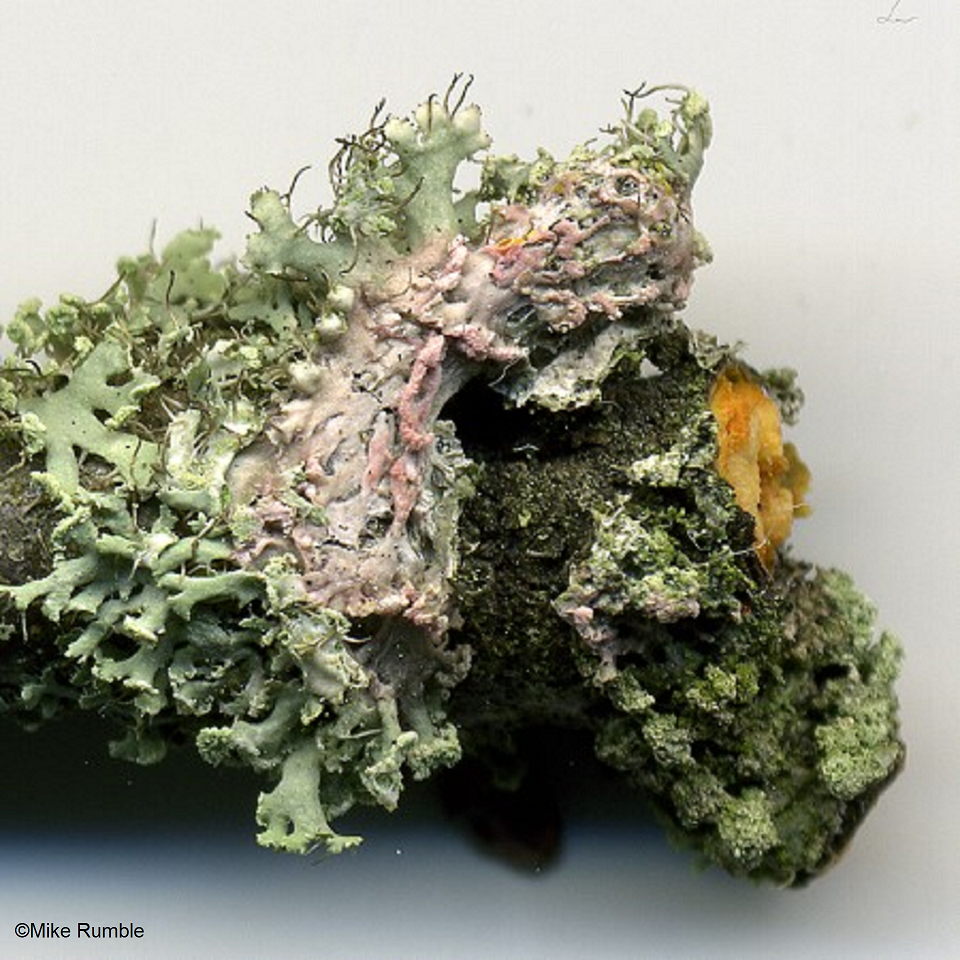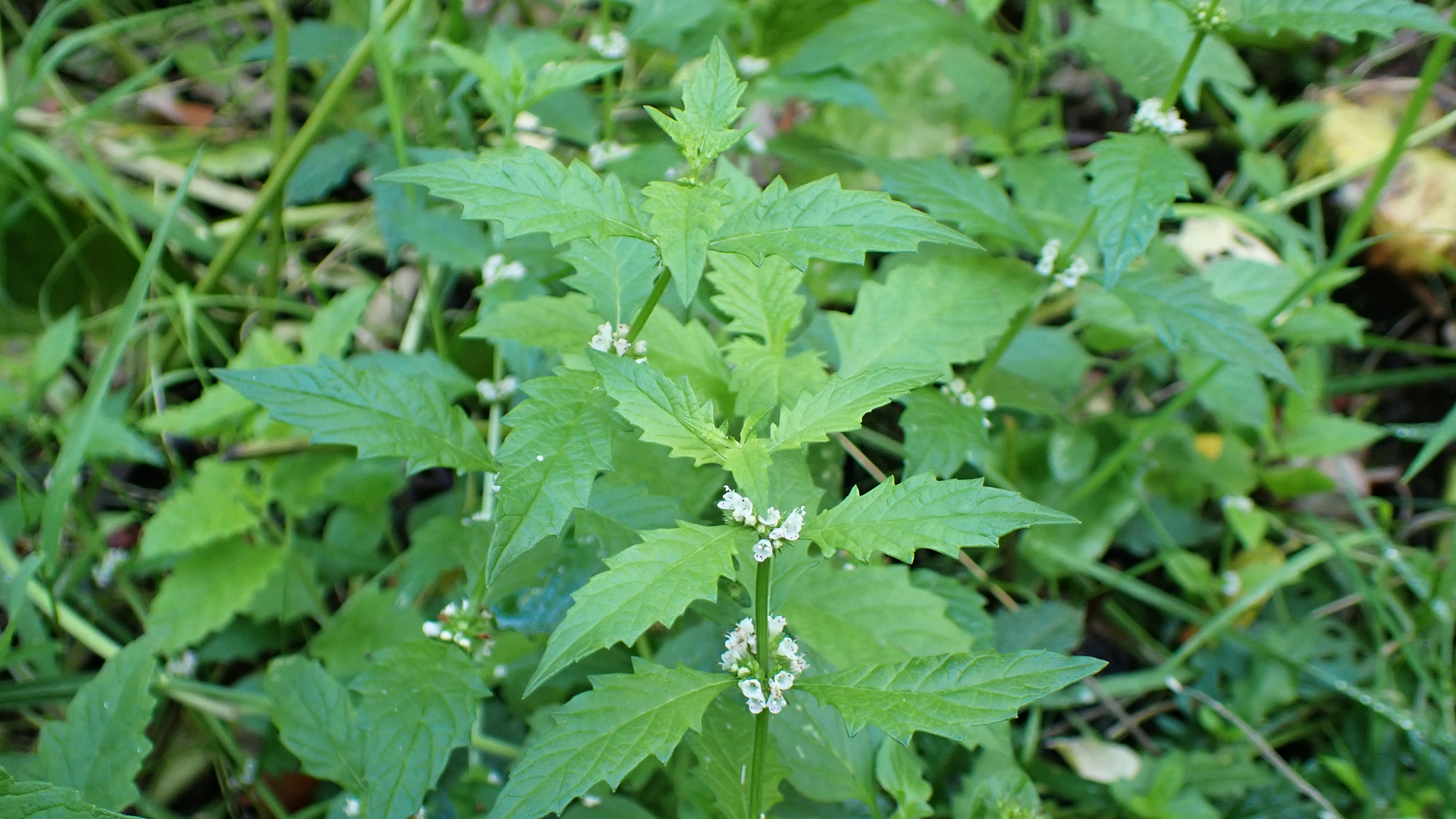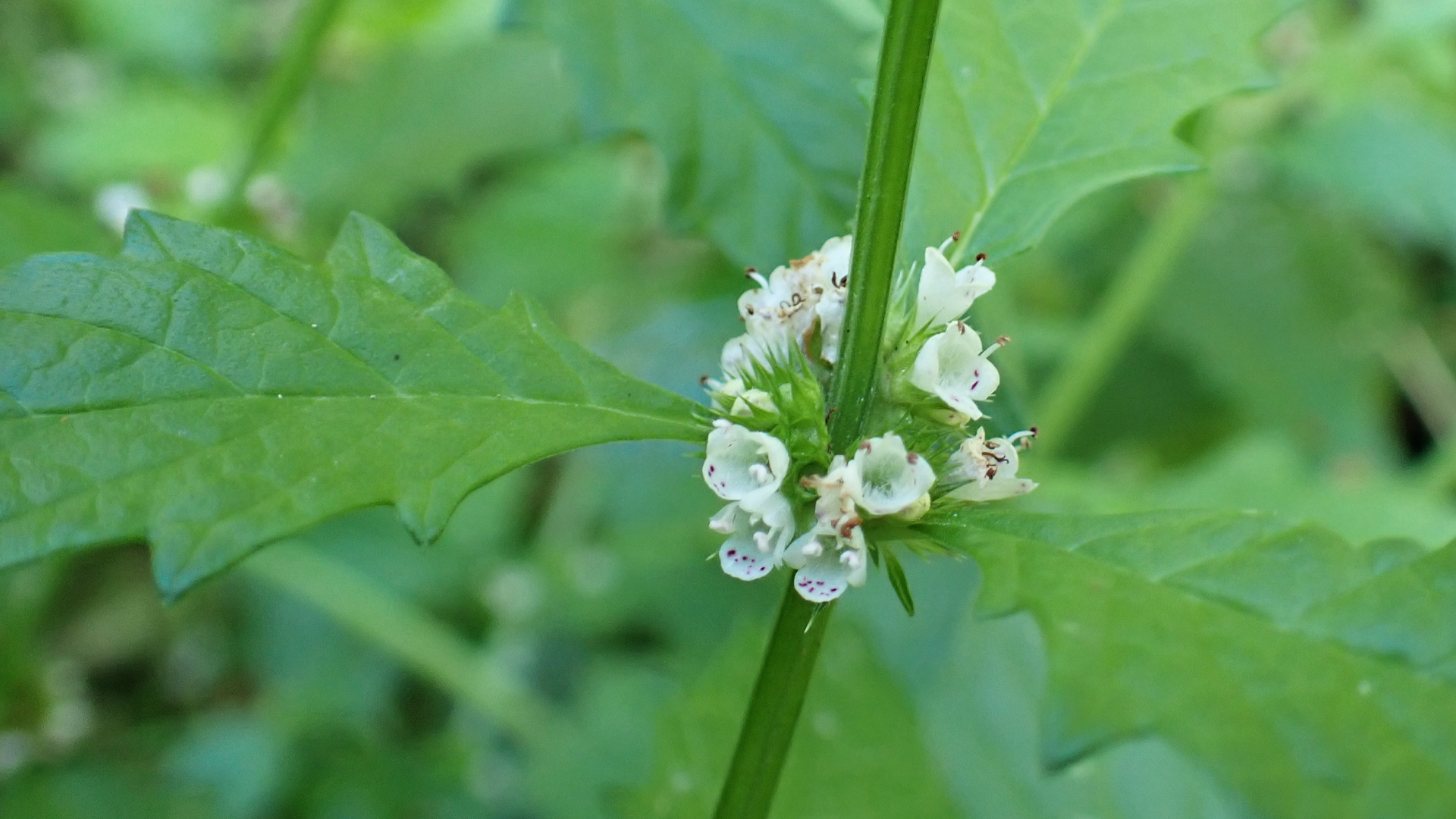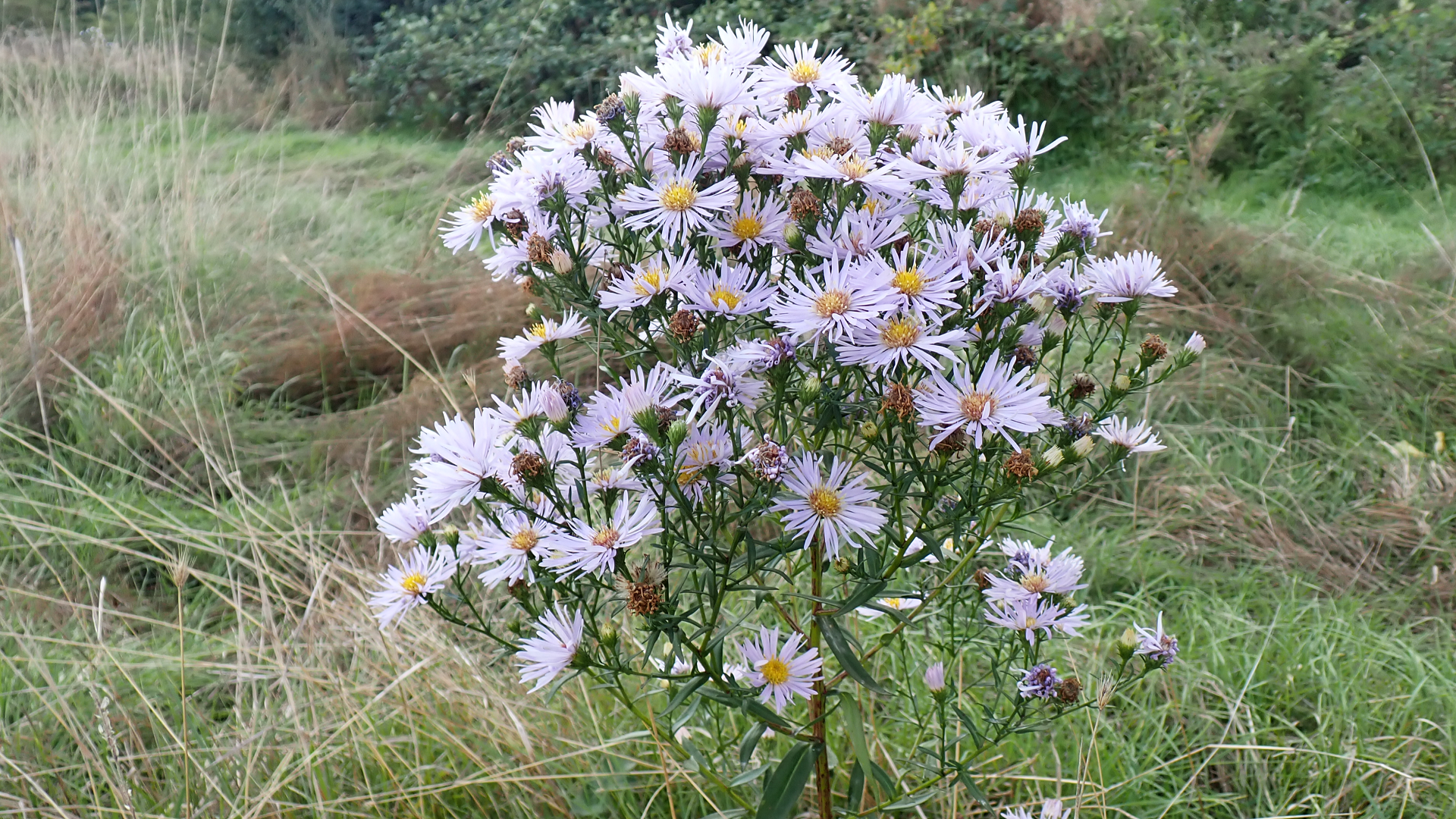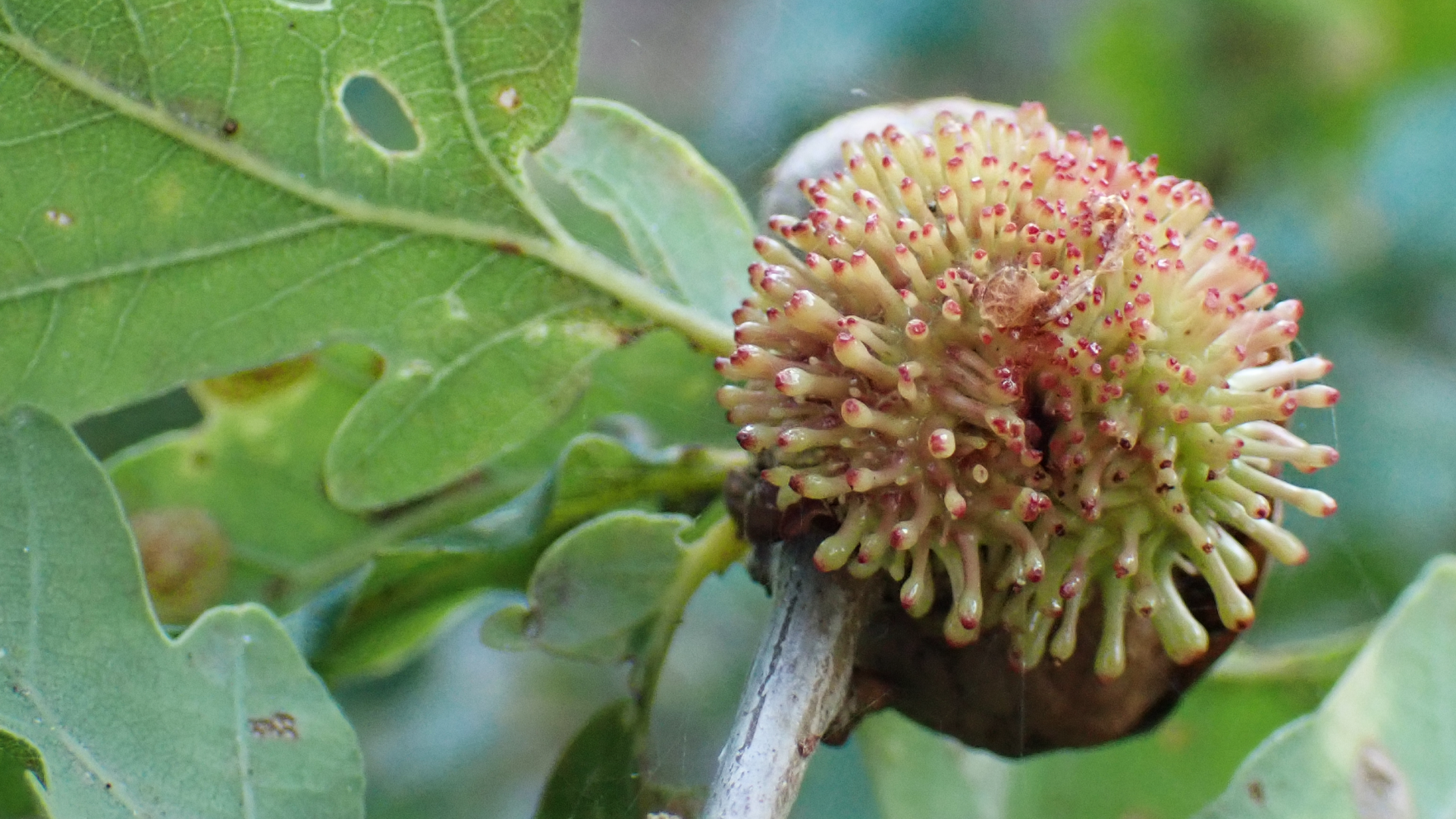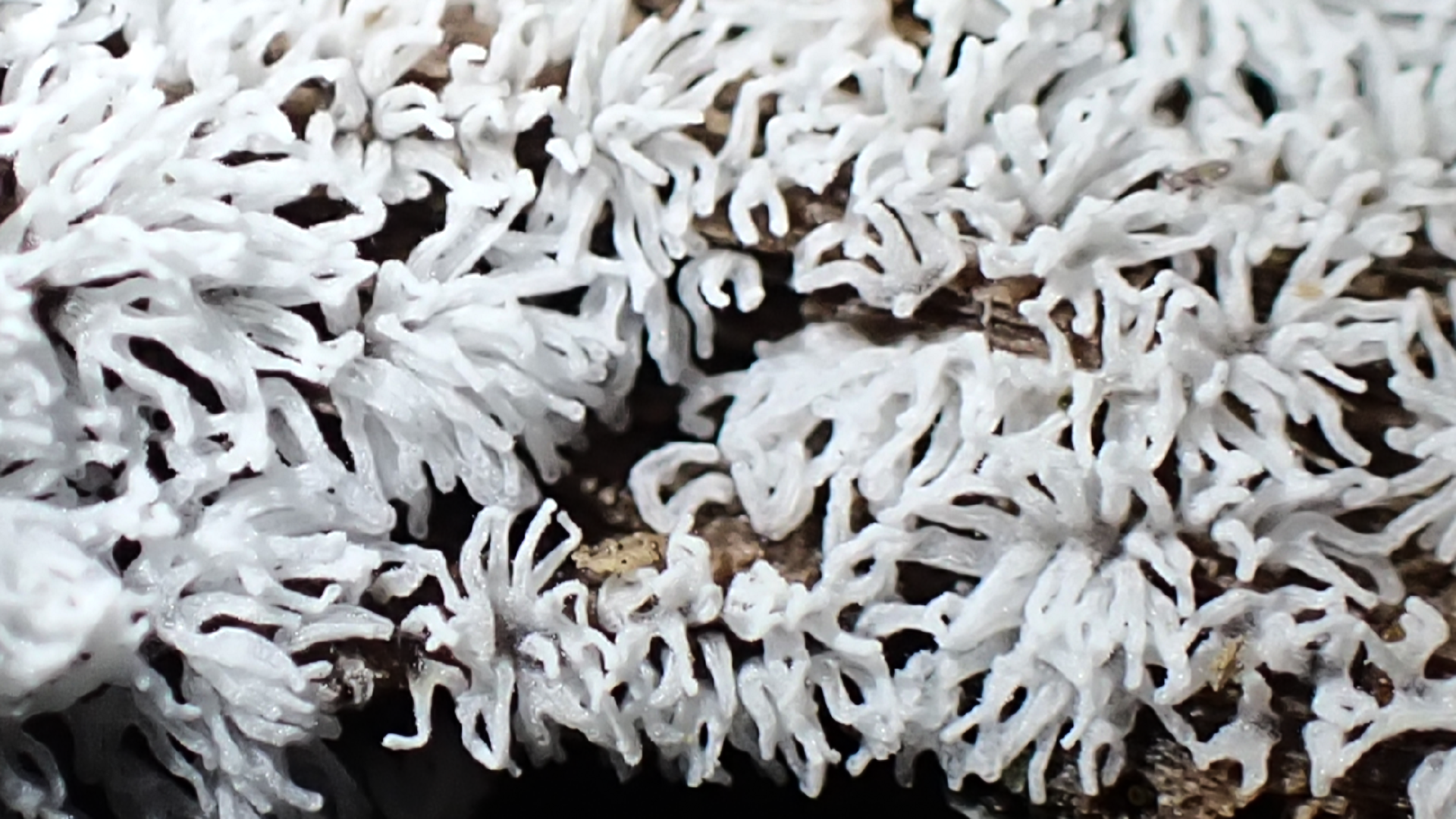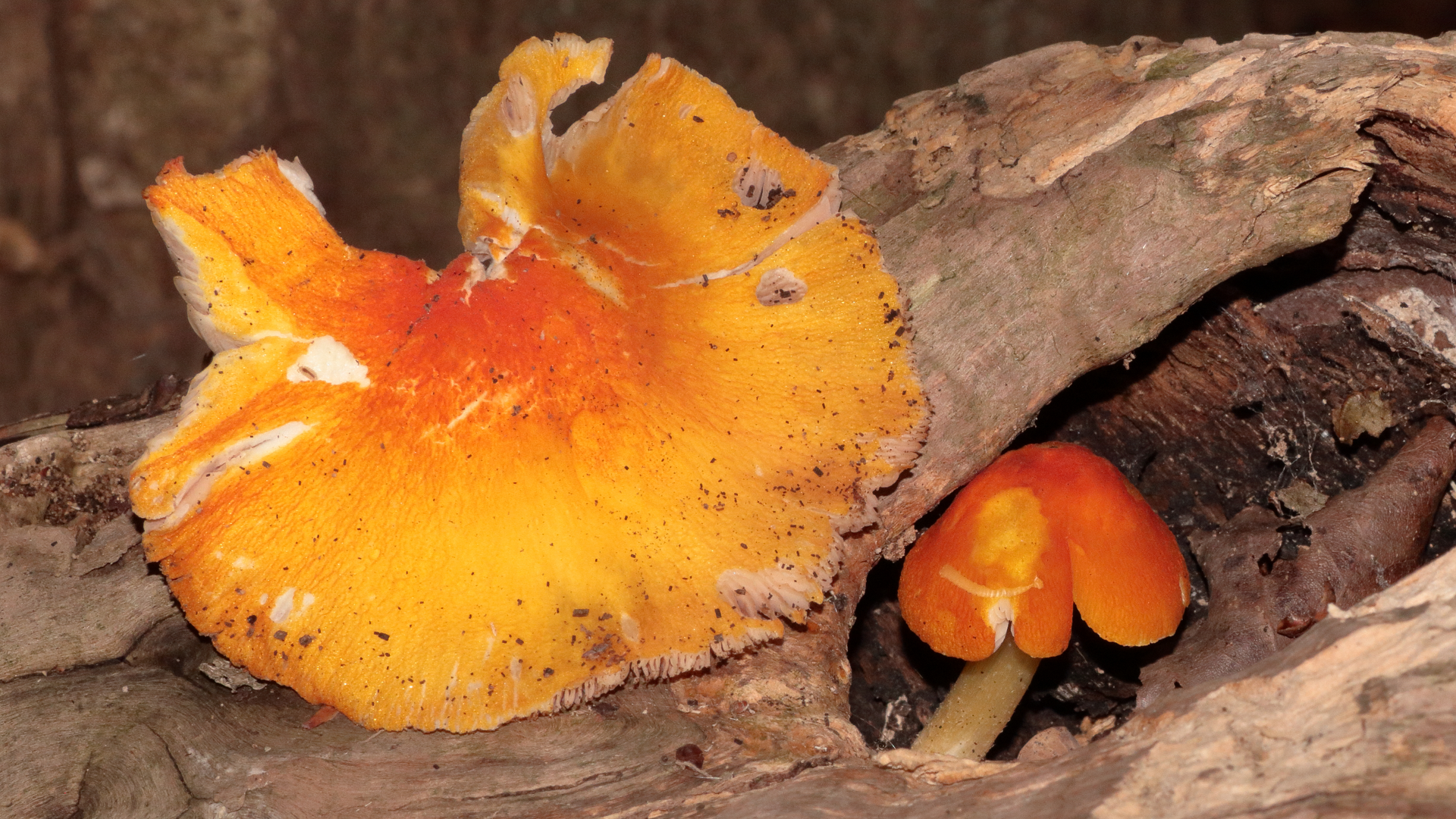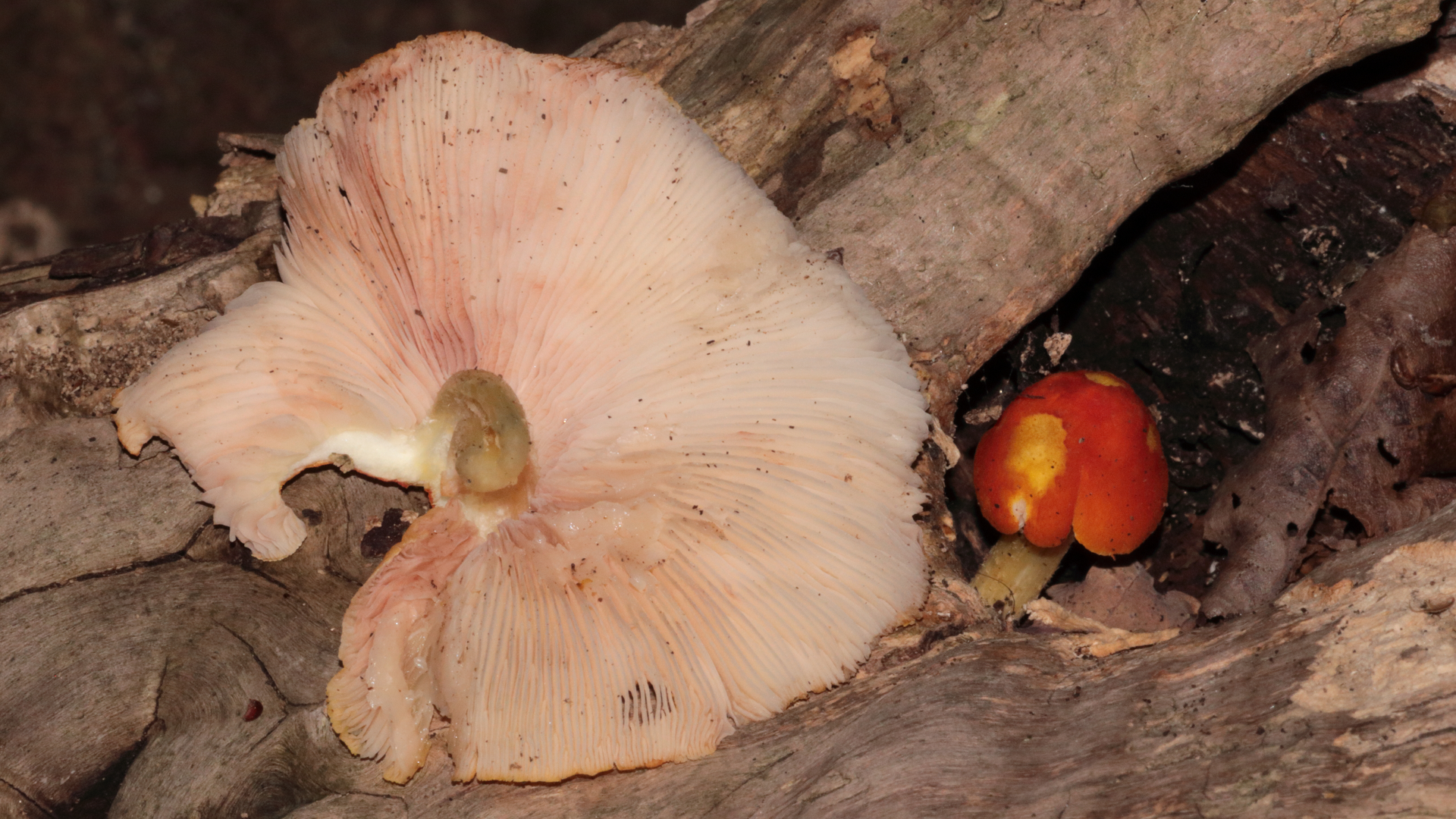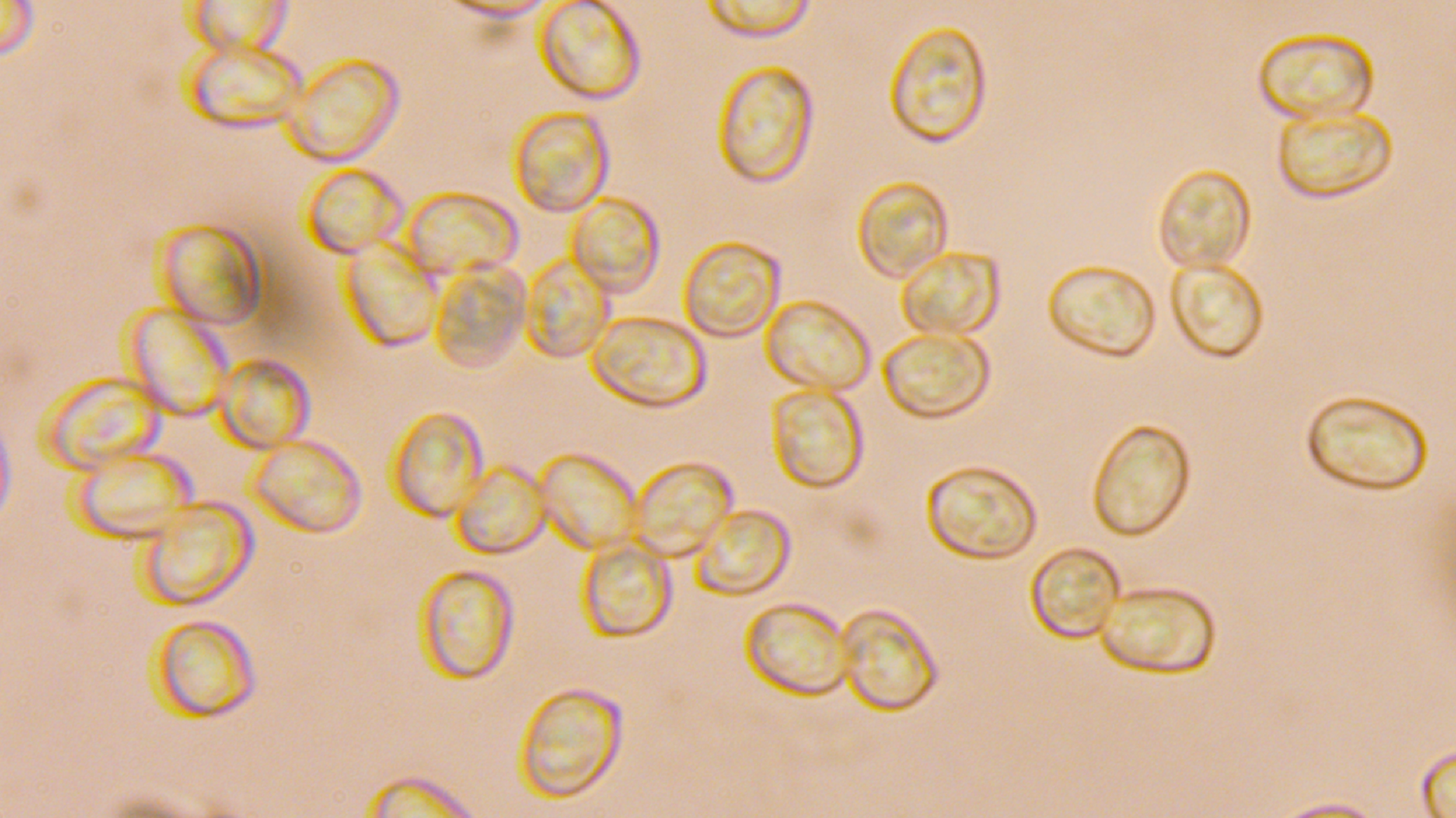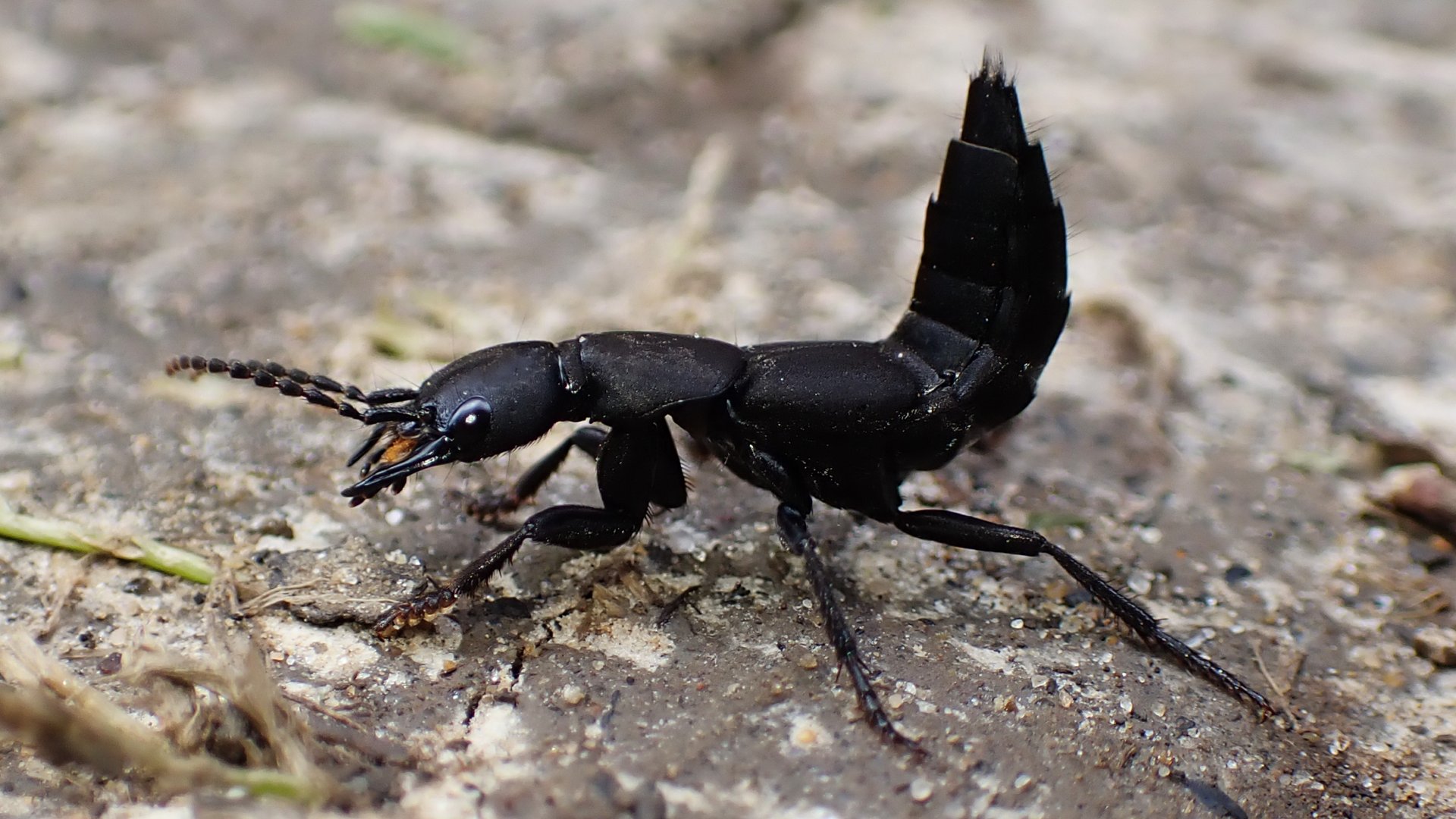The Full Story
On Sunday January 3rd 2016 with Mick Rumble in tow, Brian Ecott was searching the abundant lichens in Hainault Forest that are very noticeable during the winter months. Discovering pink-coloured Physcia tenella. he asked Mick to take some pictures. Brian searched books and the internet for an answer eventually finding a paper published in America during 2011 showing a pink portion of lichen. Armed with this information, Brian emailed John Skinner, Lichenologist for the Essex Field Club and London Natural History Society. John asked him to keep the specimens dry and send them to him for forwarding to Mark Powell a specialist lichenologist who would examine the specimen under the microscope. Details were forwarded to Dr Brian Coppins, Lichenologist at the Royal Botanic Gardens, Edinburgh who agreed that this was indeed Laetisaria lichenicola. No official records existed of this fungus in the UK until Brian's record which put Hainault Forest firmly on the map.
Brian received the following e-mail from Mark Powell on the October 3rd 2016:
"You really started something with your discovery of Laetisaria lichenicola. It has been added to just about every county in which it has been looked for. Last week was the Autumn meeting of the British Lichen Society in the North Yorks Moors and L. lichenicola was found several times and was much discussed. I now use your discovery as an example of how organisms are often identified in reality. Rather rarely (with lichens at least) is the 'answer' arrived at by carefully working through a dichotomous key. Browsing images is a valid means of arriving at a tentative identification as long as this is followed up by appropriate validation. This is exactly what you did, had a suspicion based on morphological appearance and then took the trouble to send a specimen for validation".


